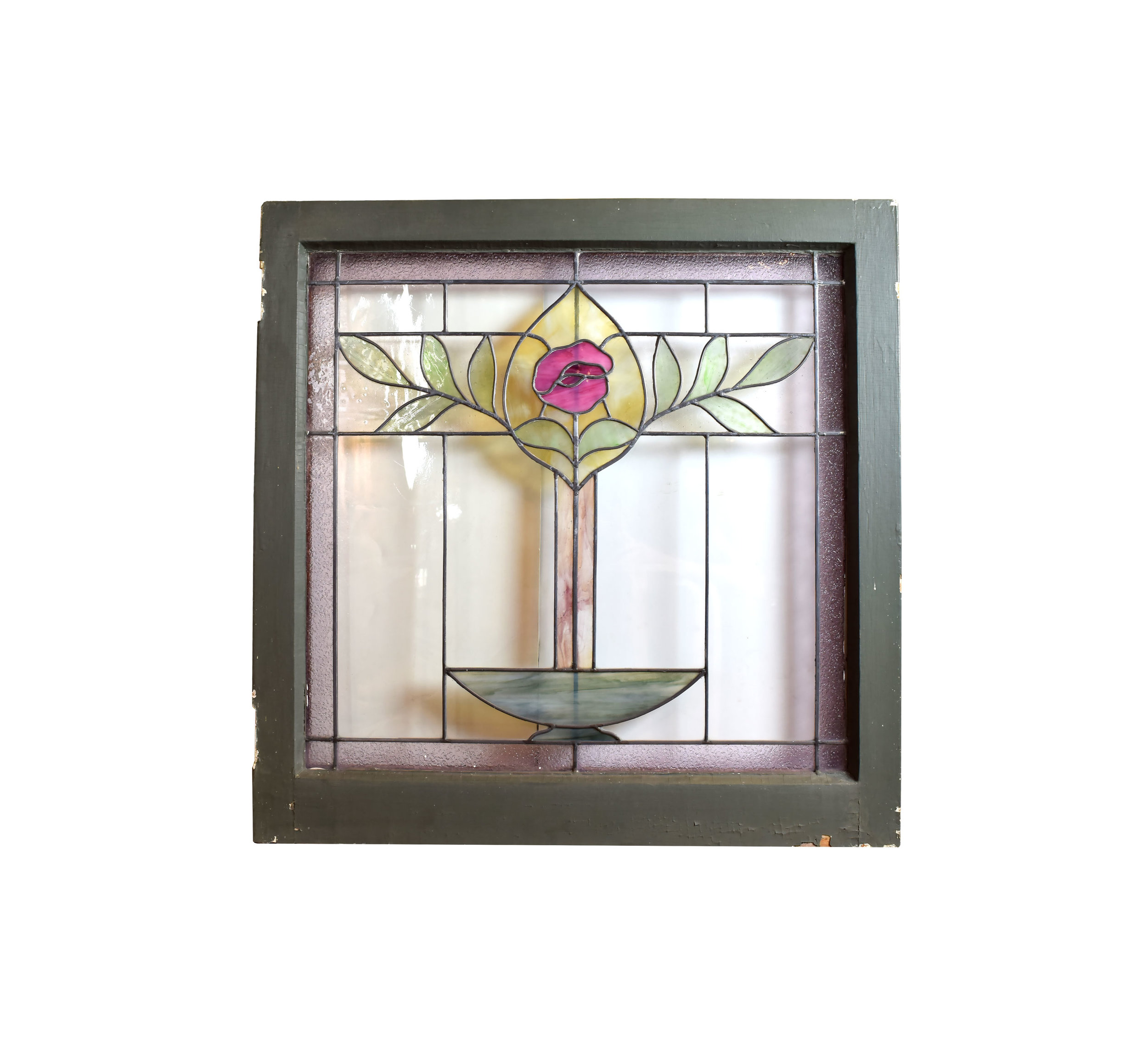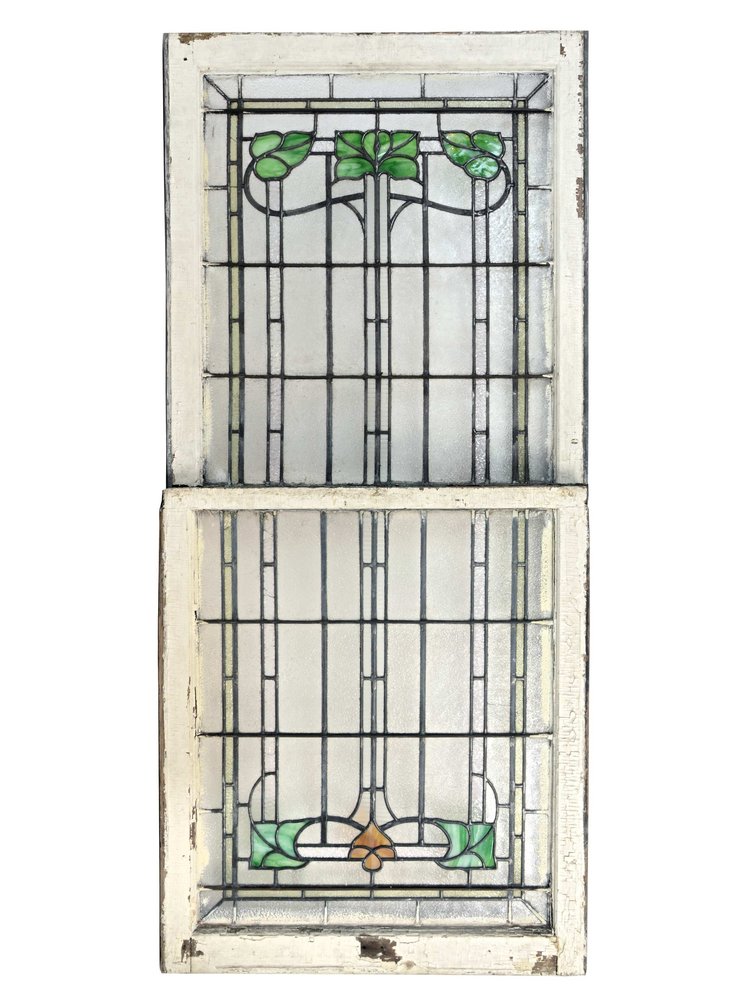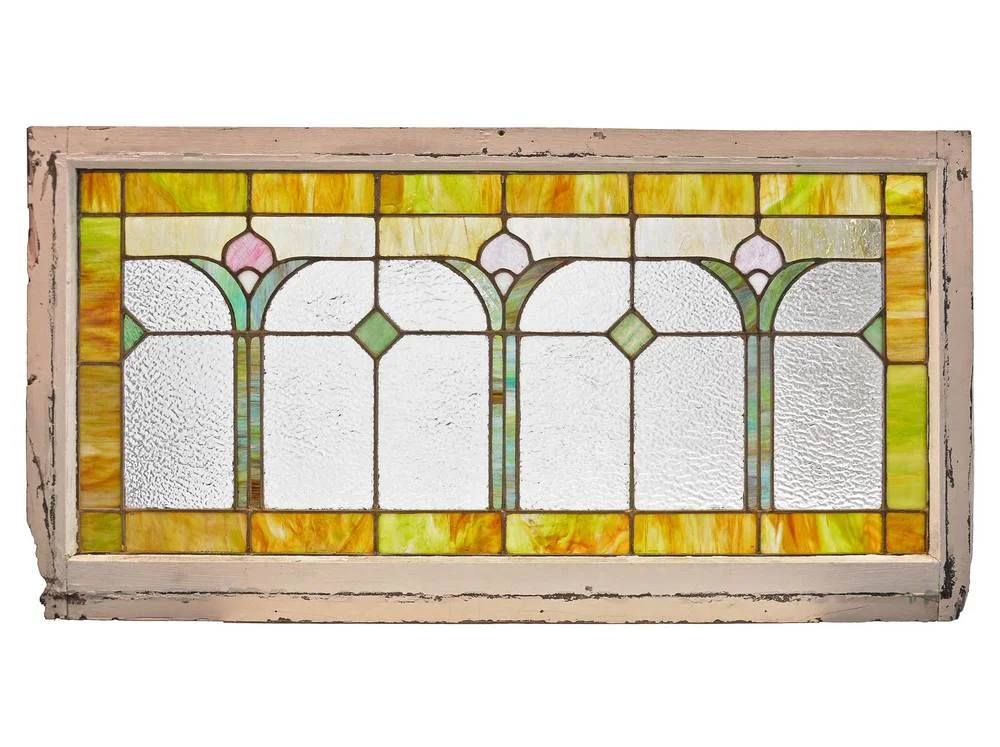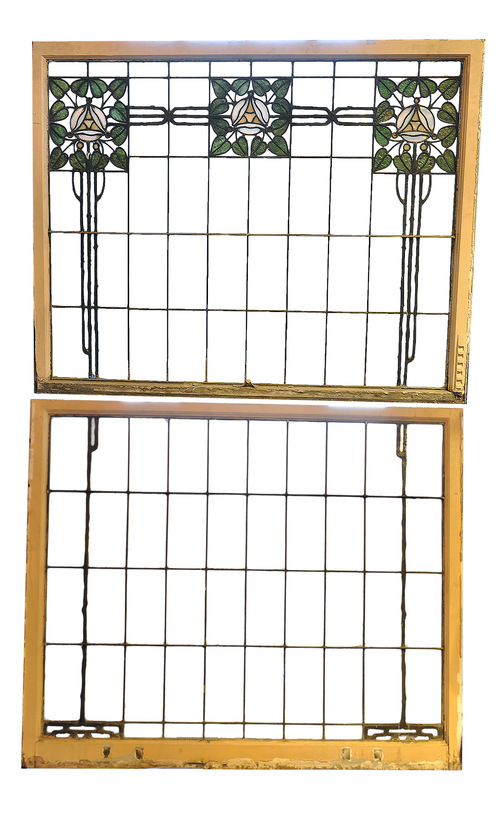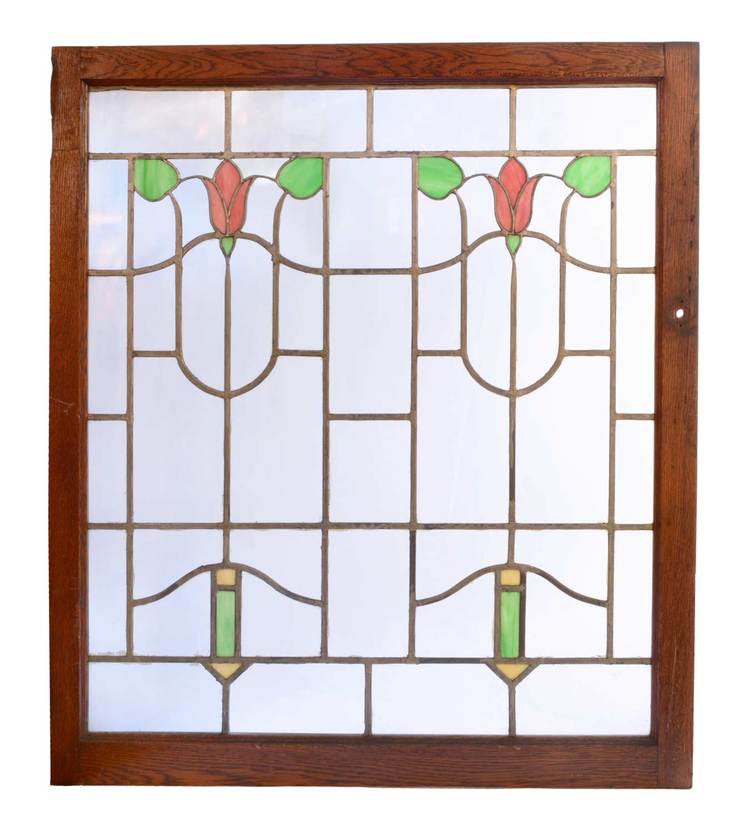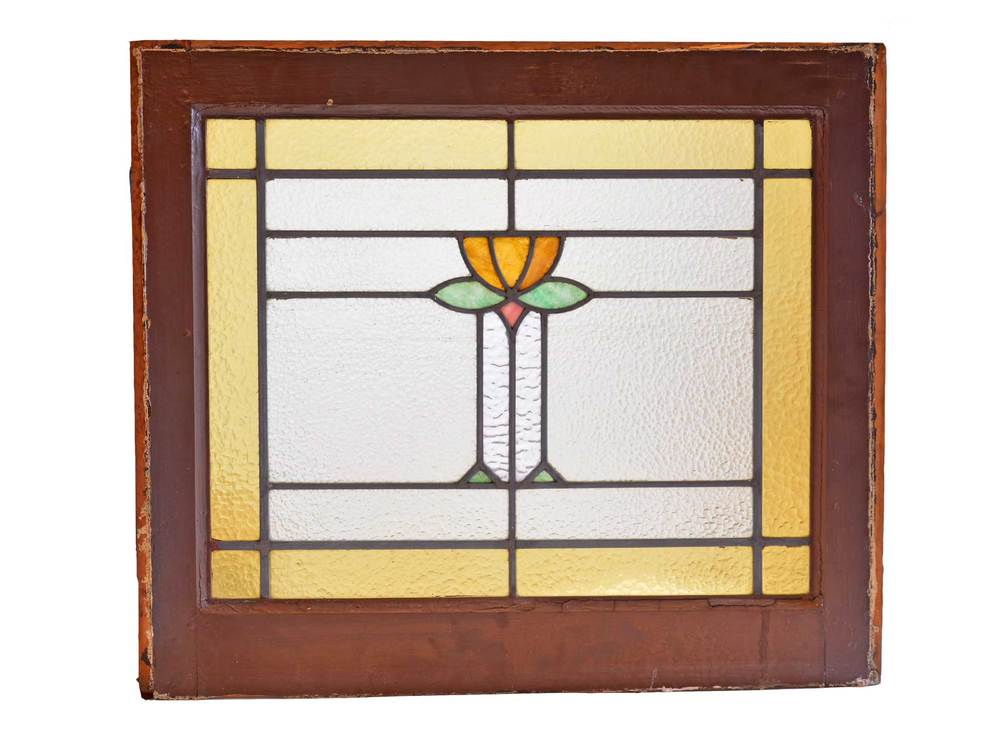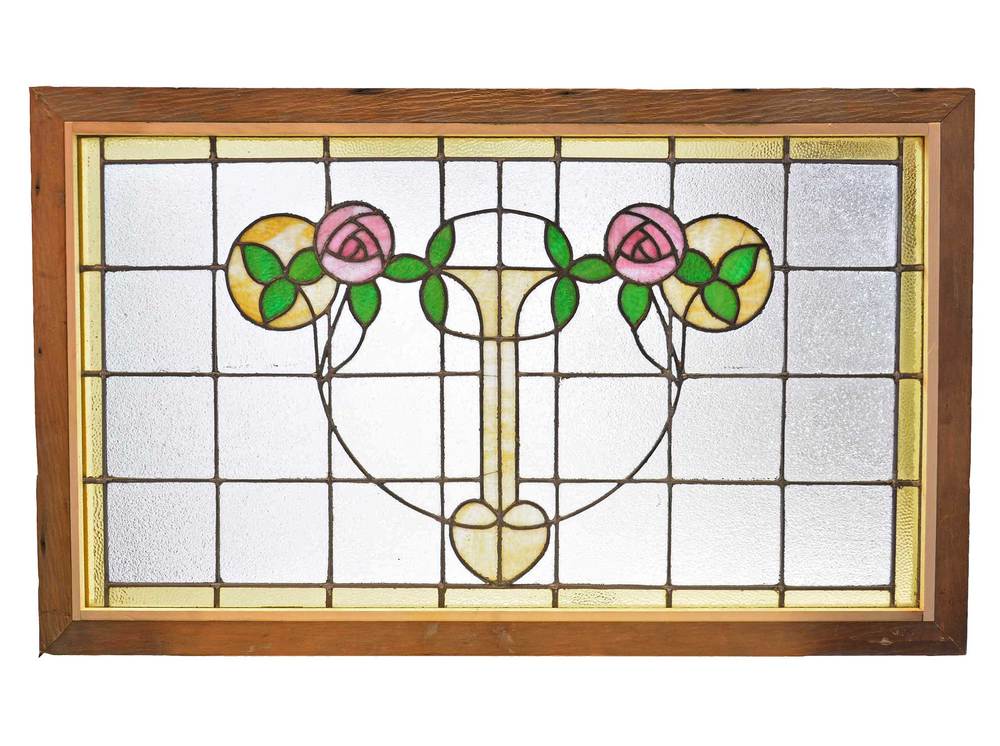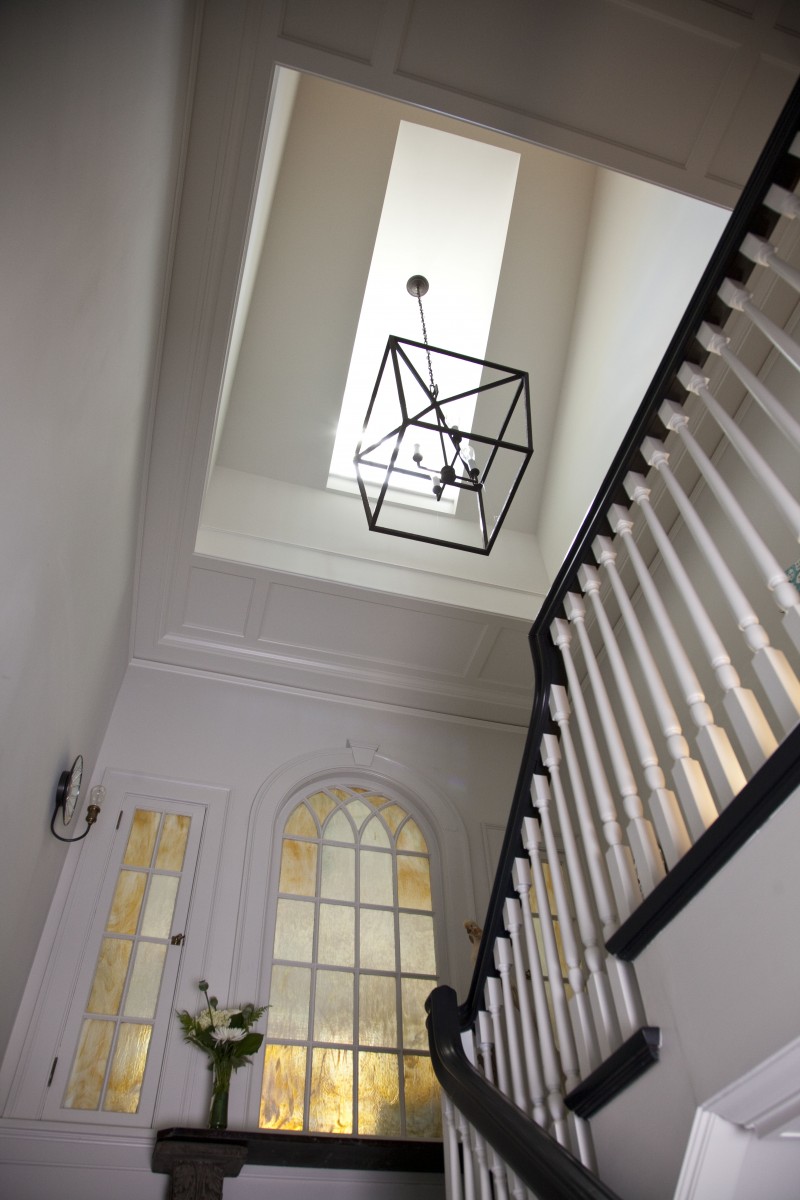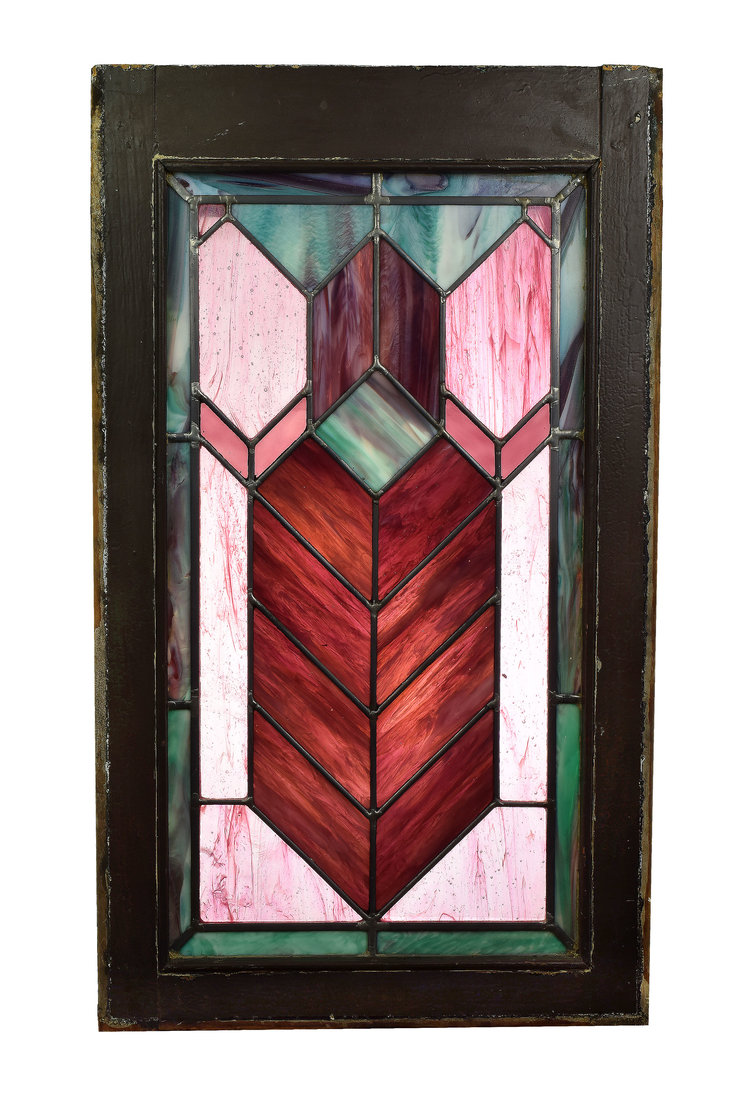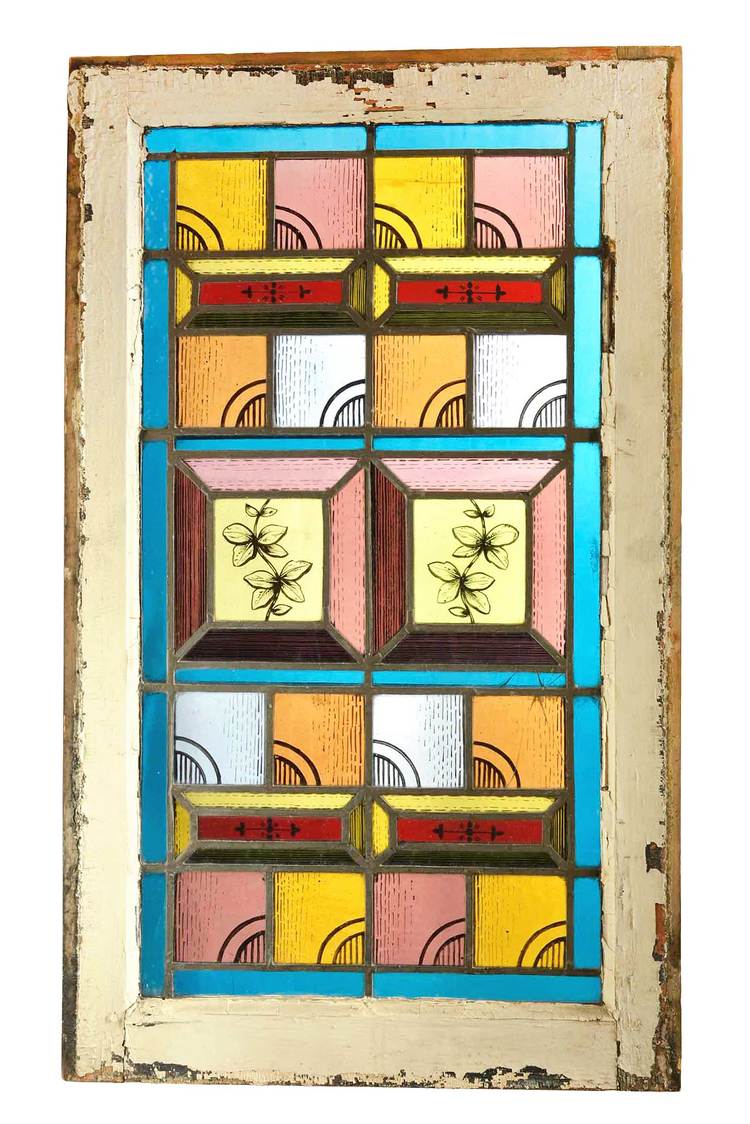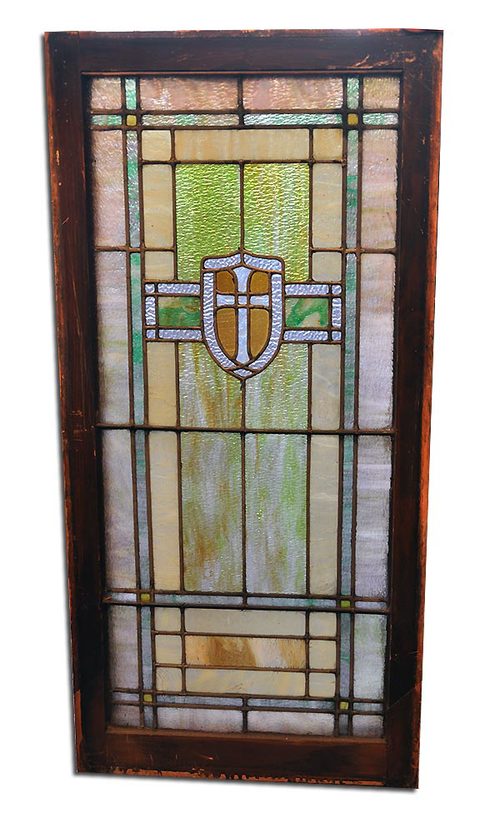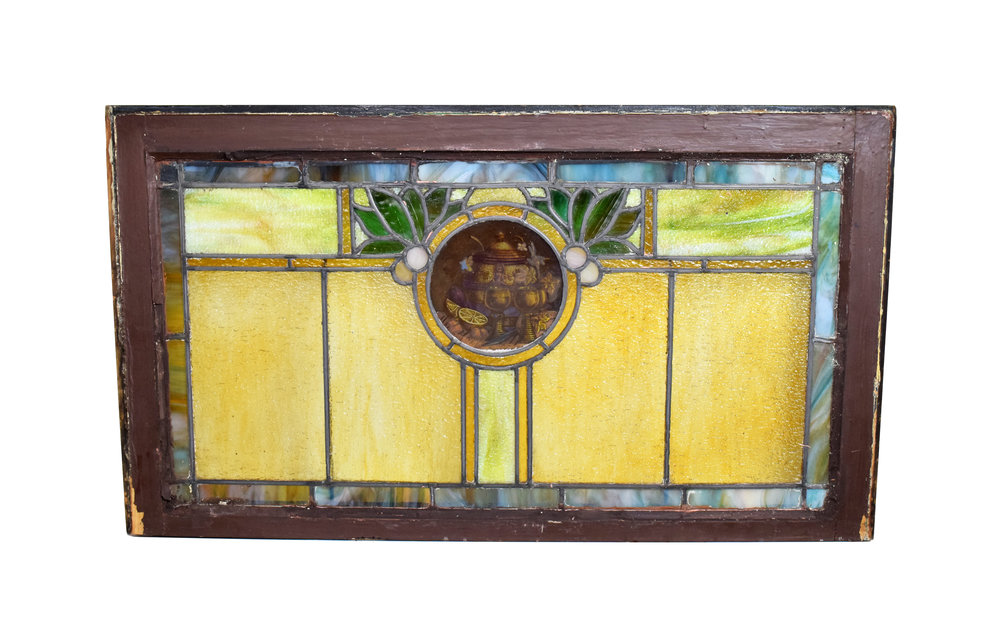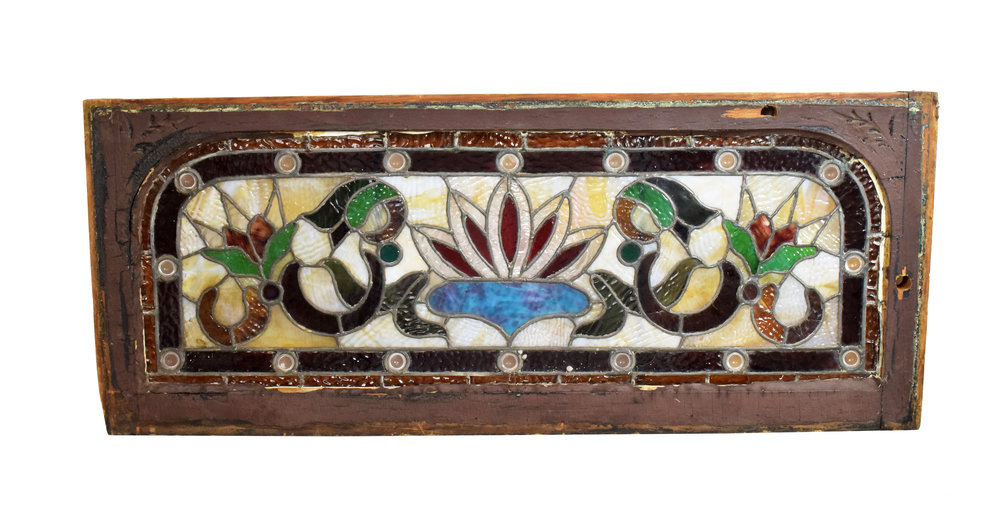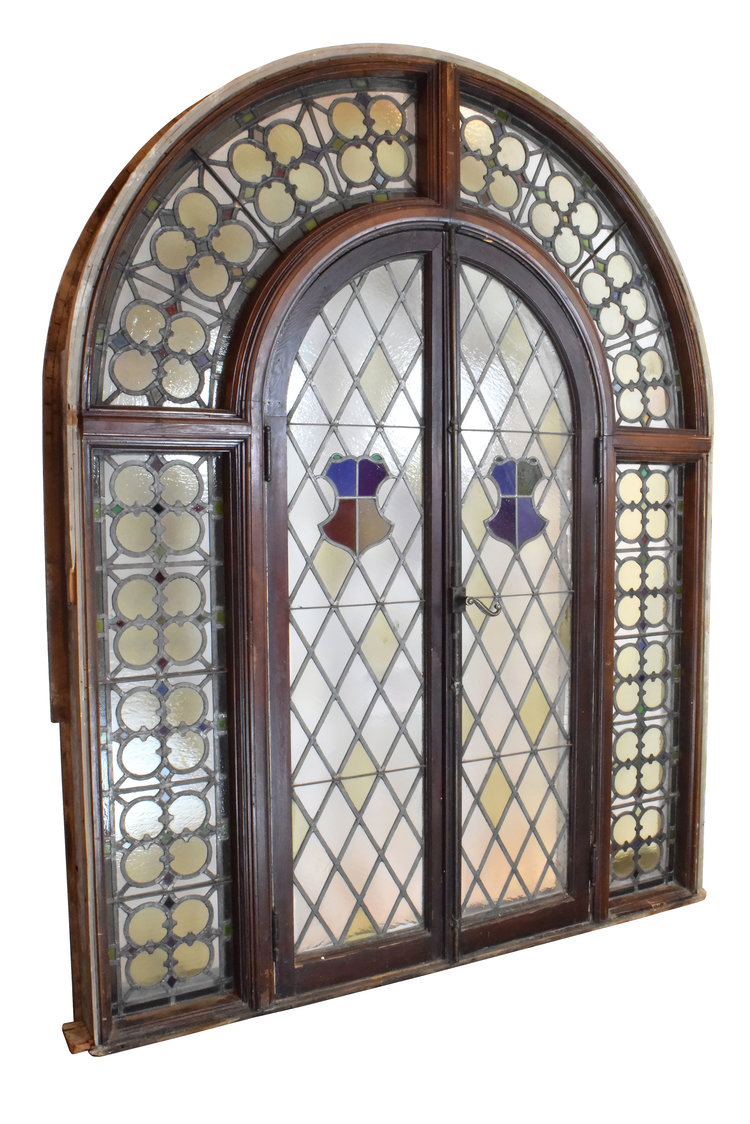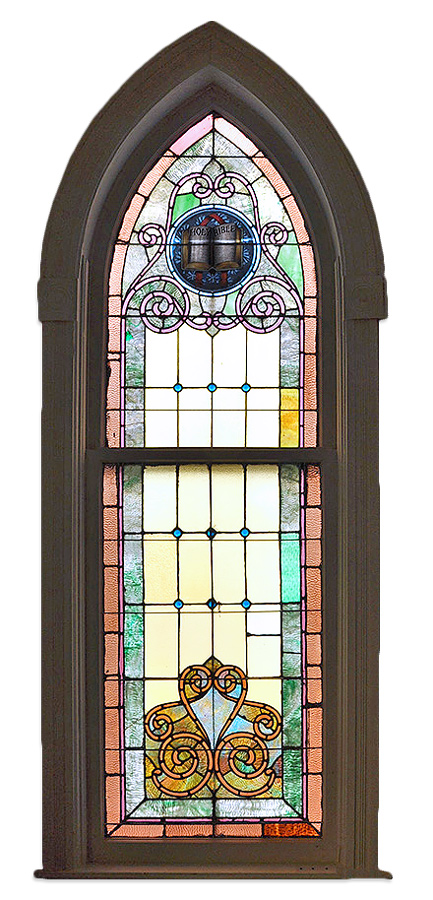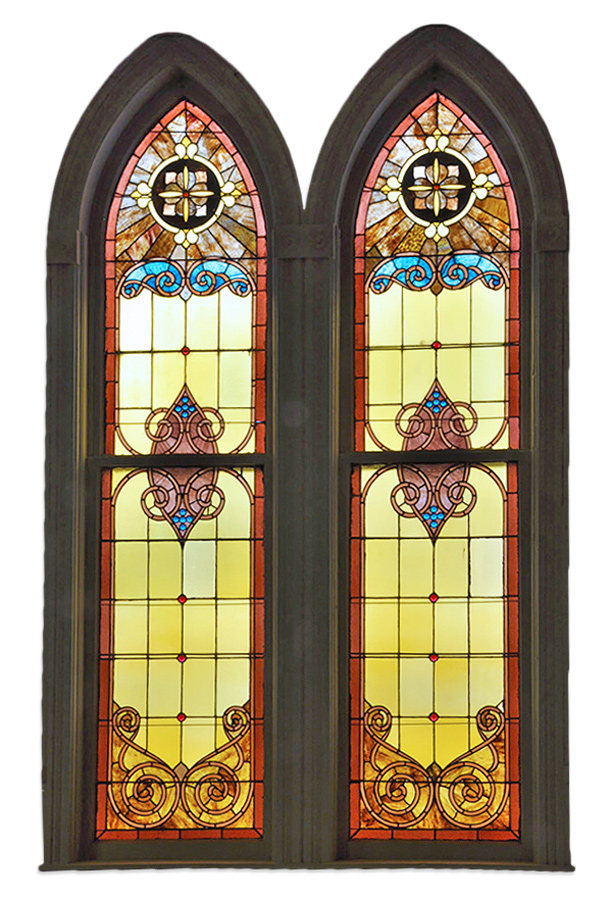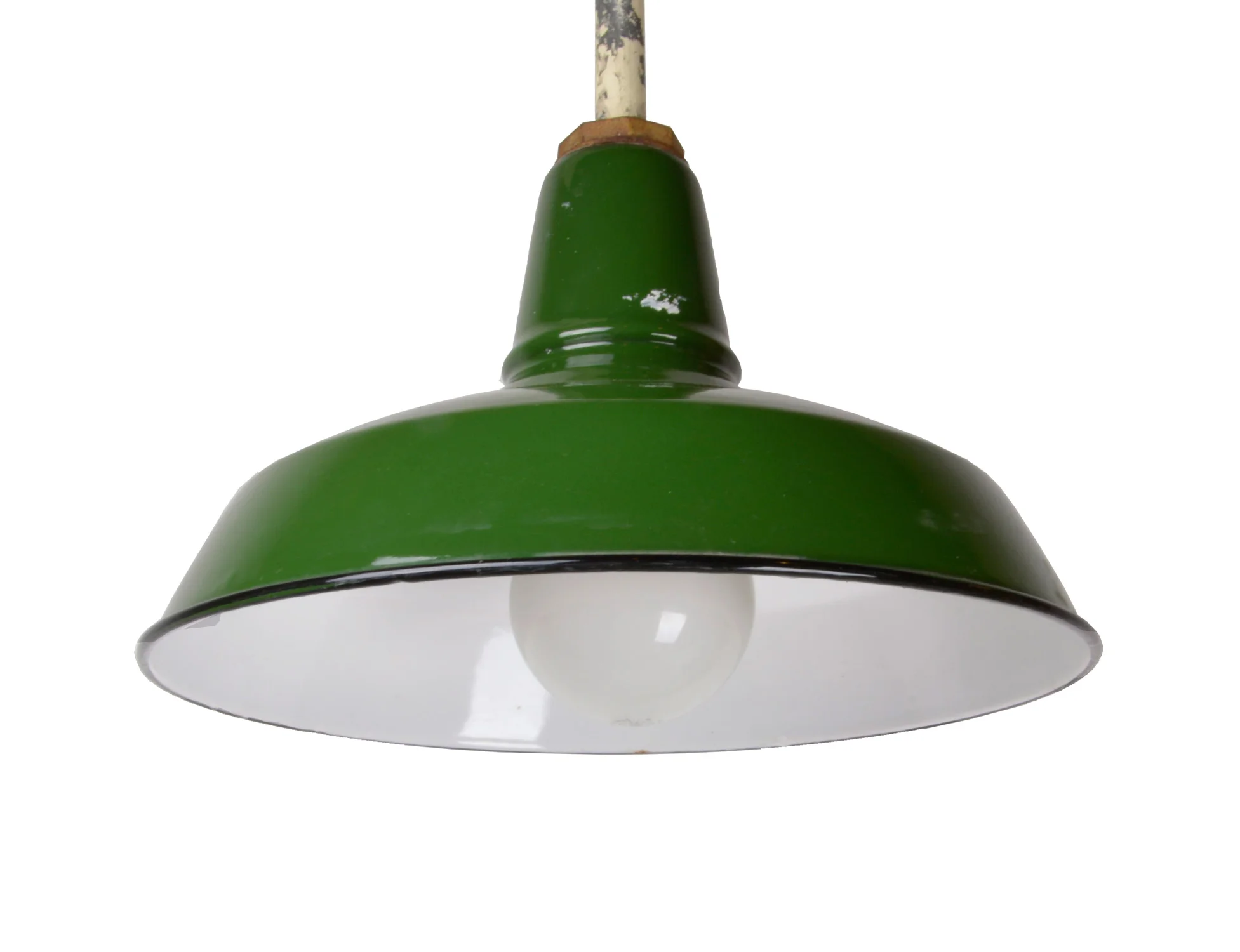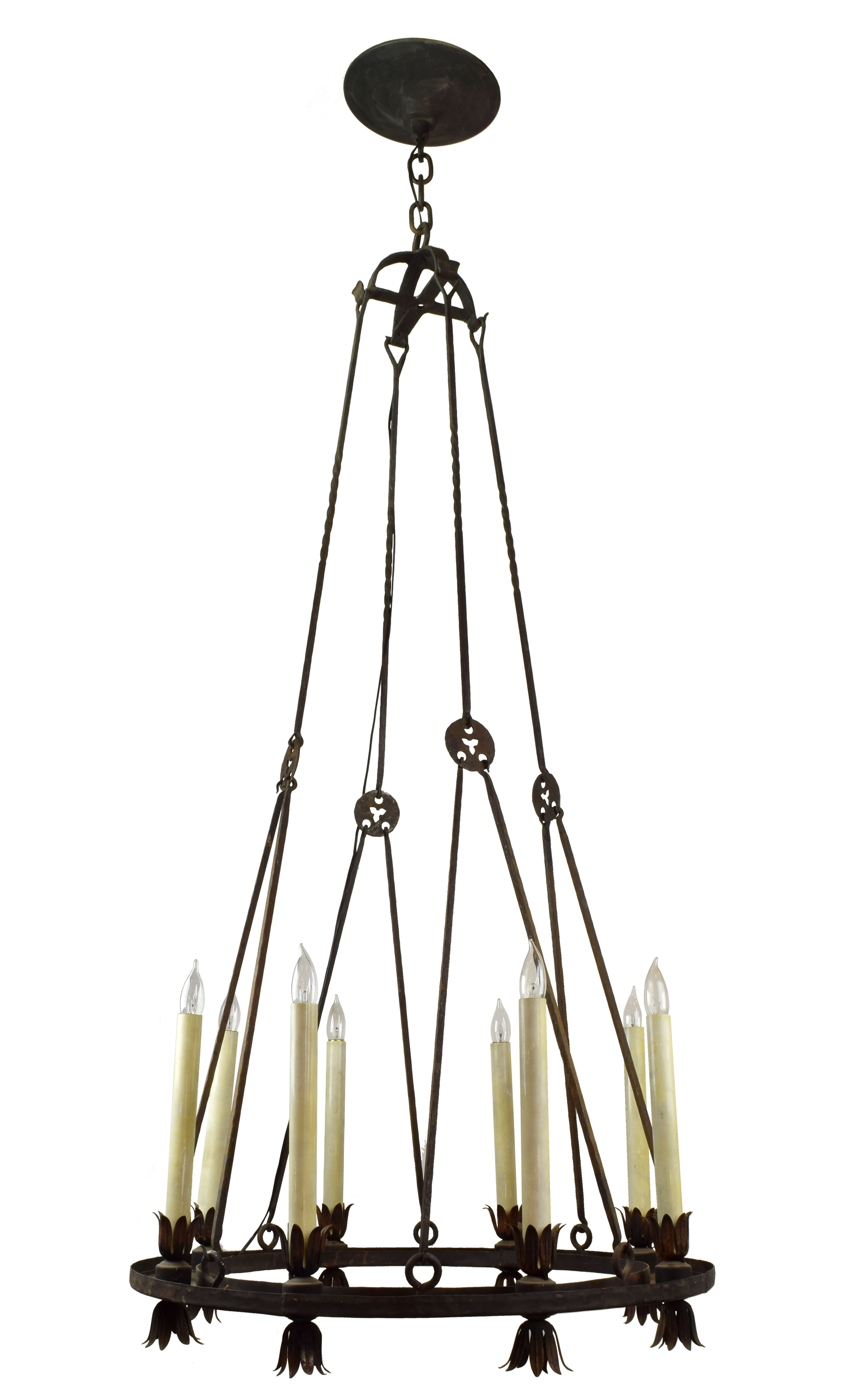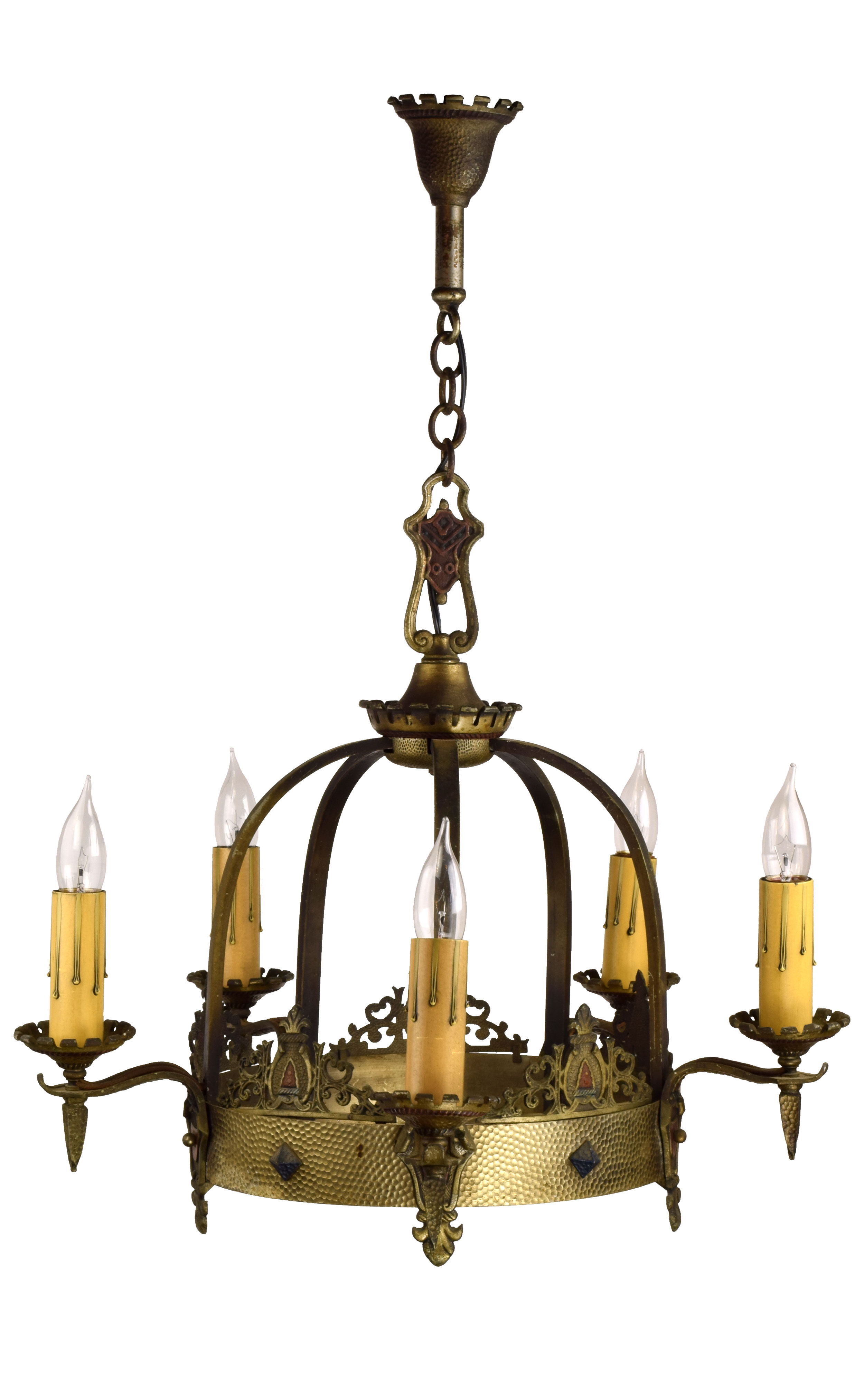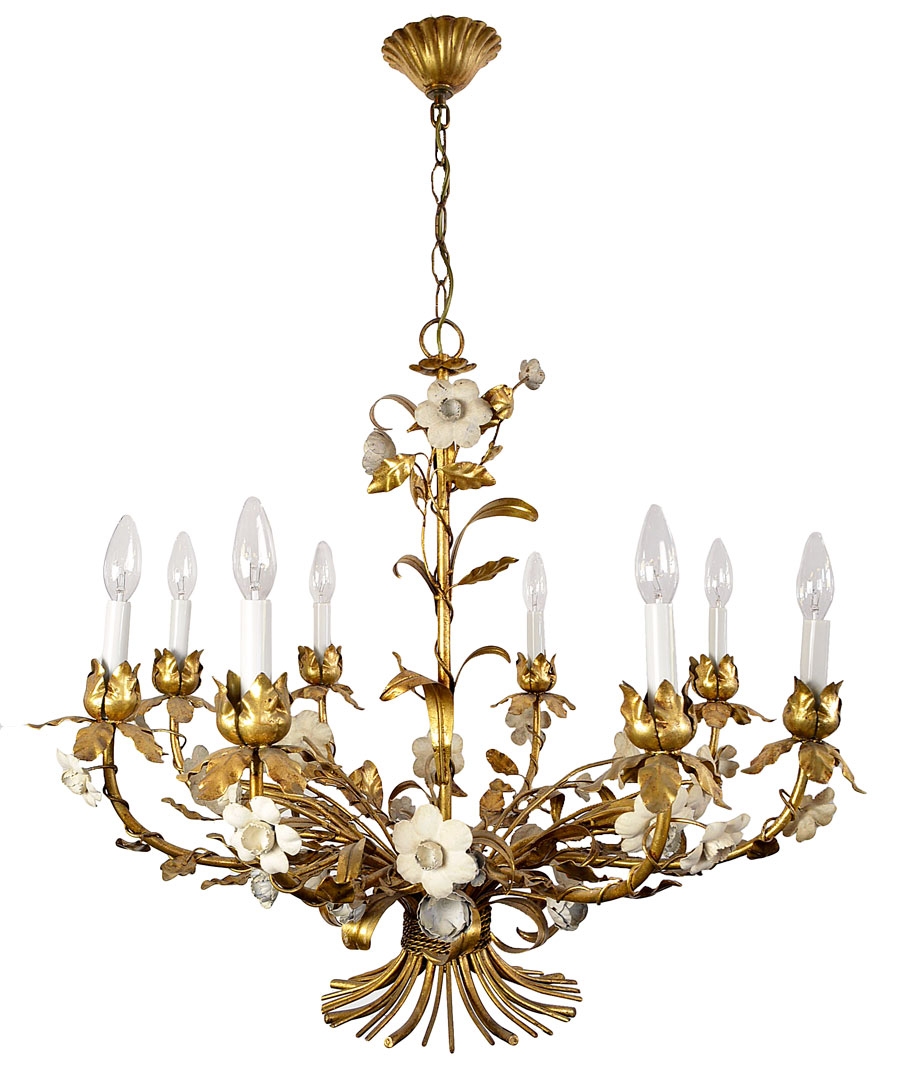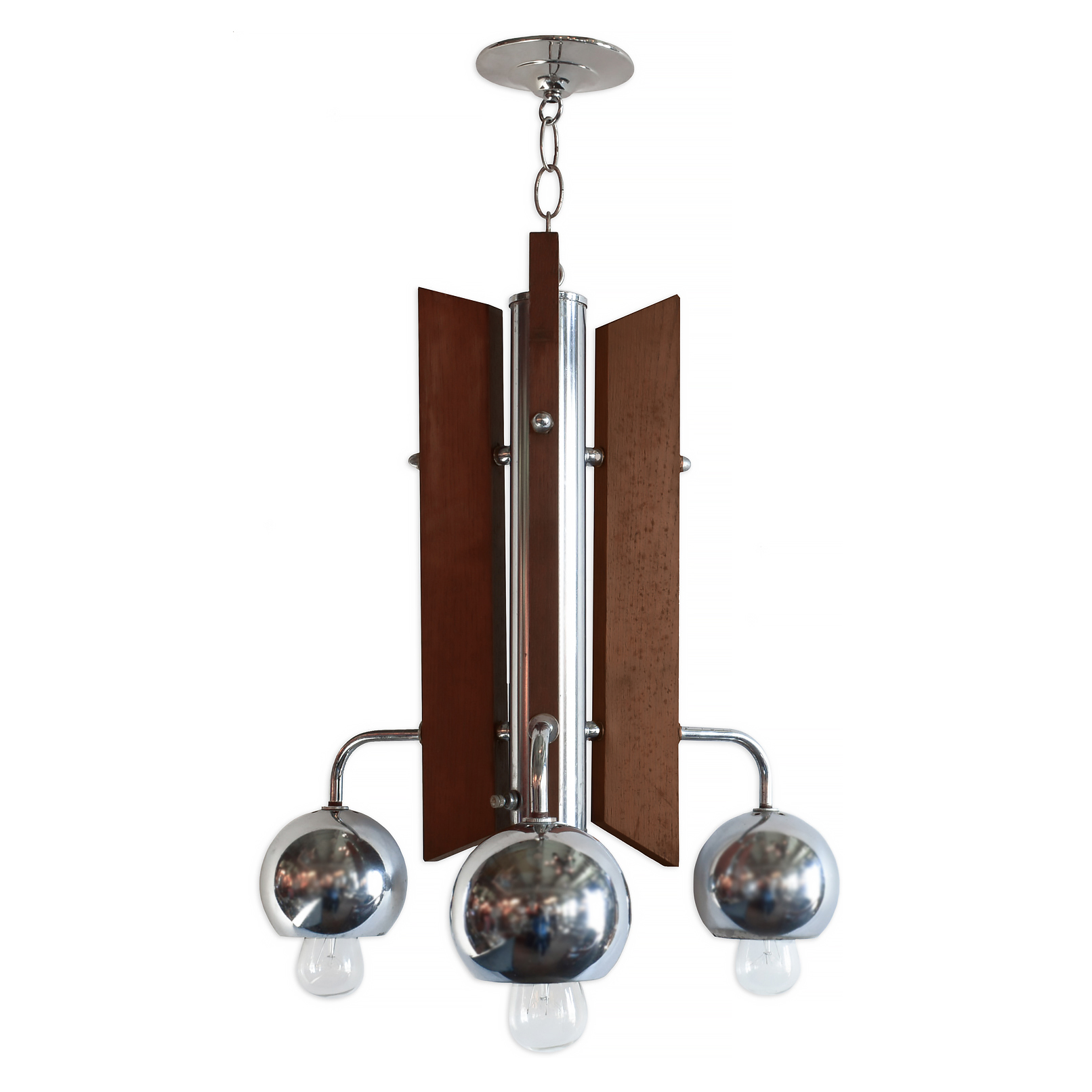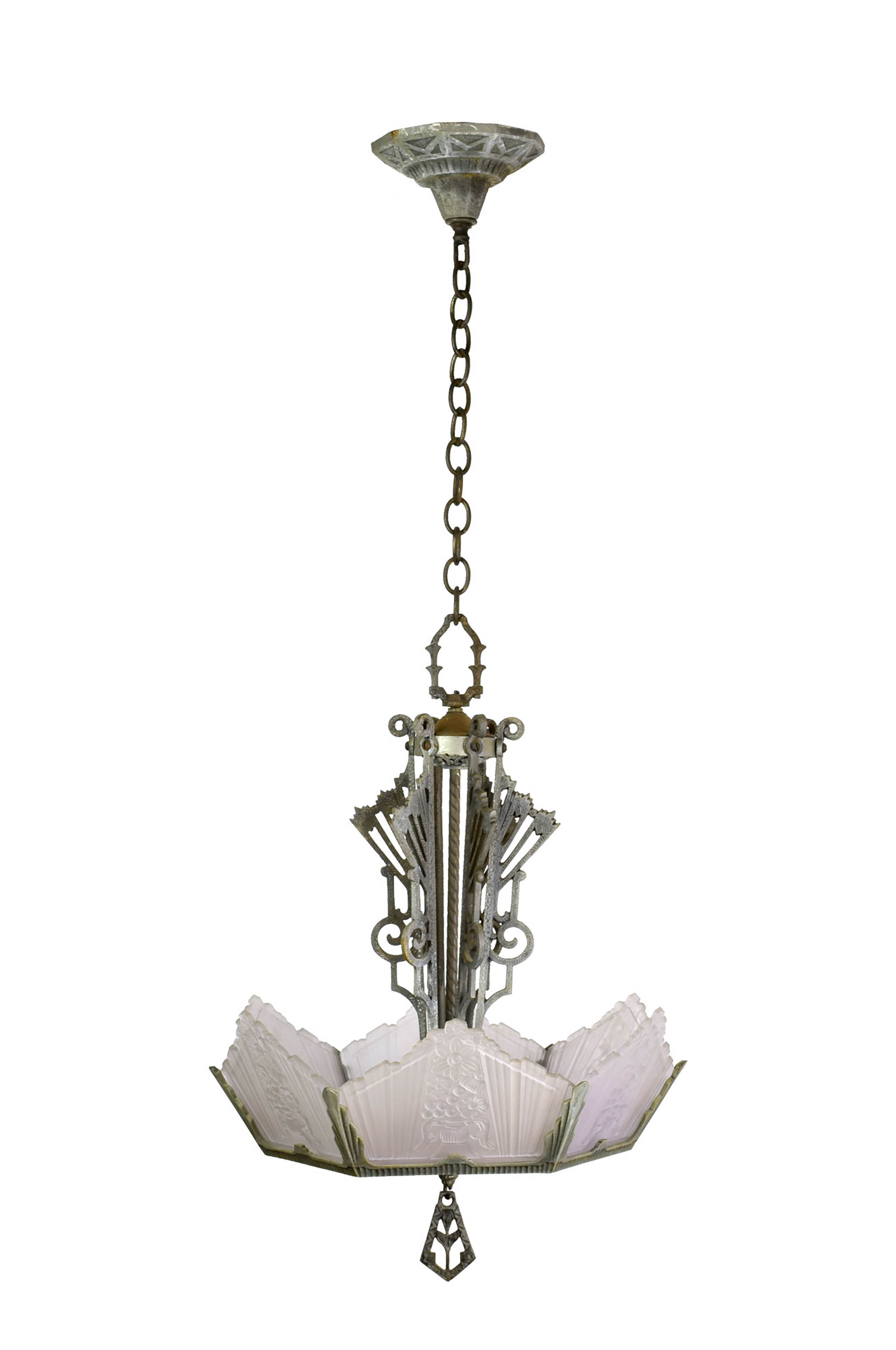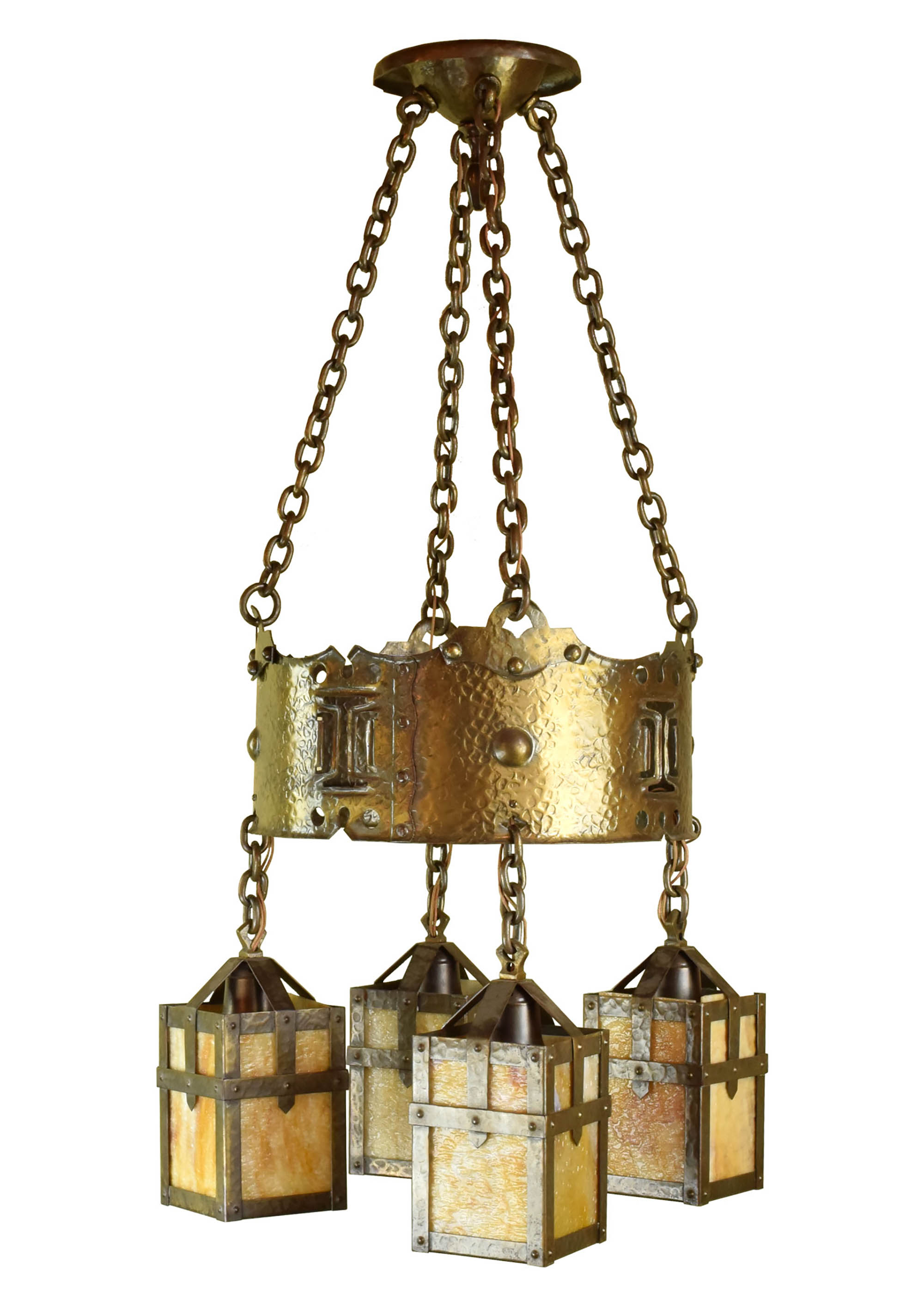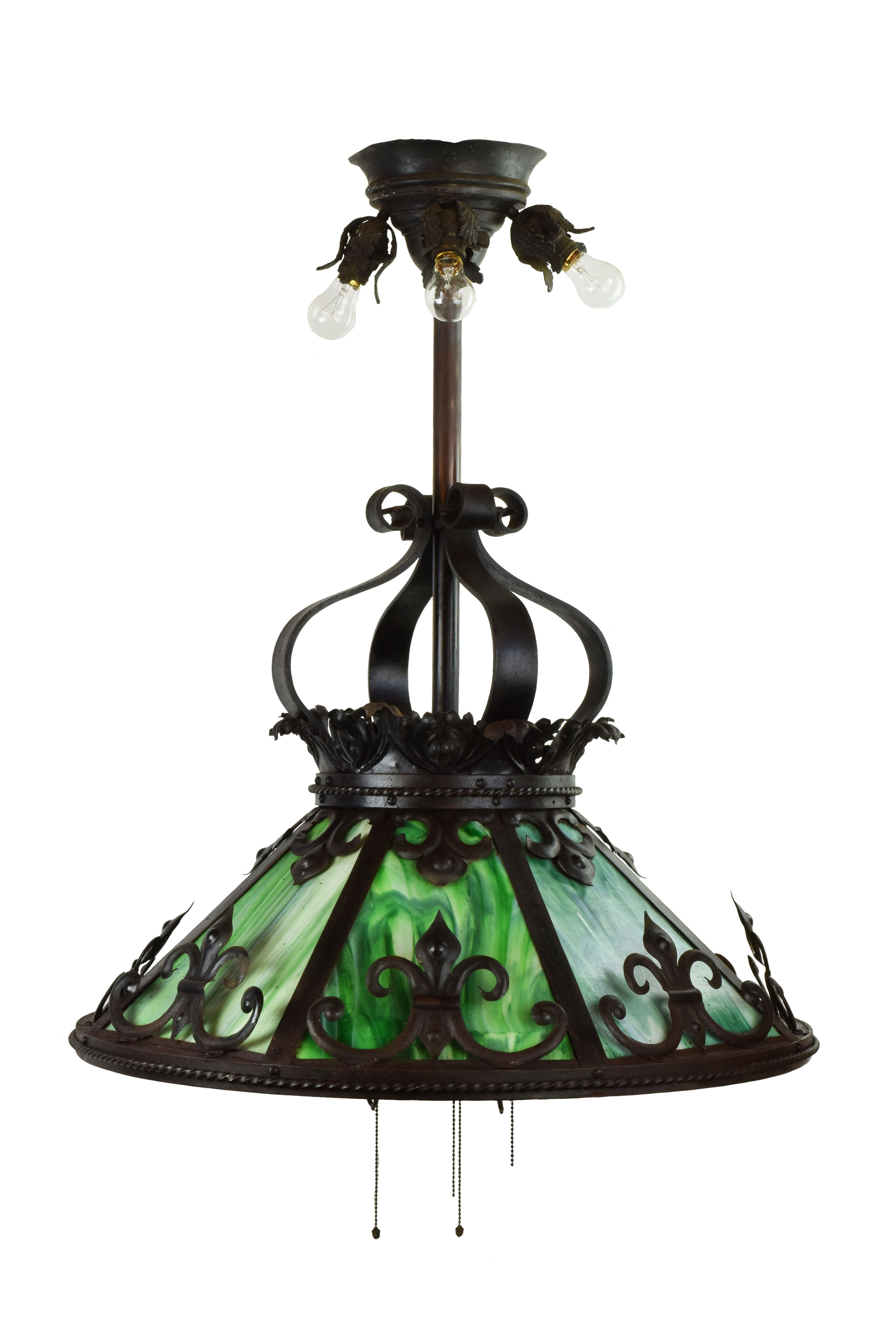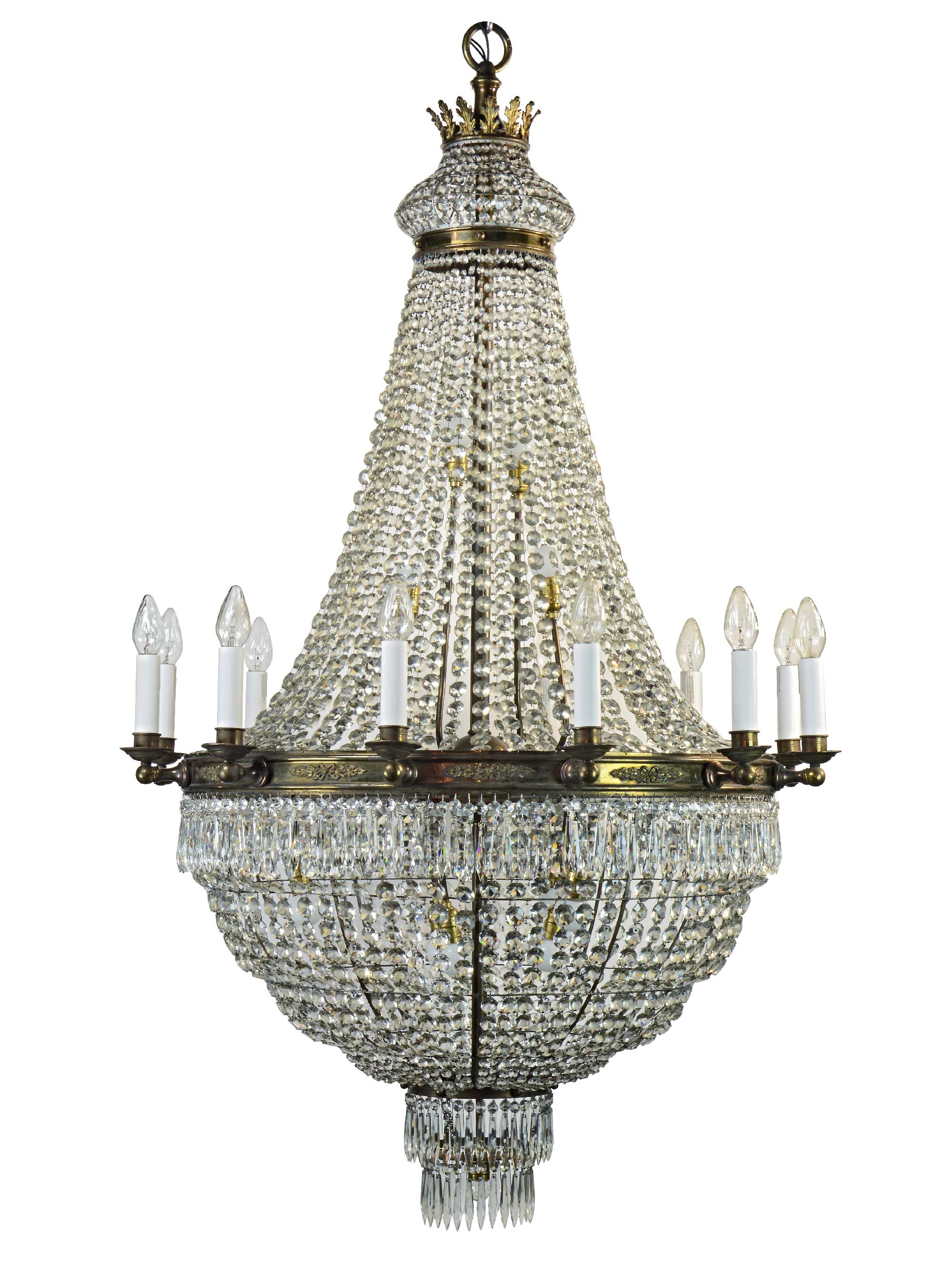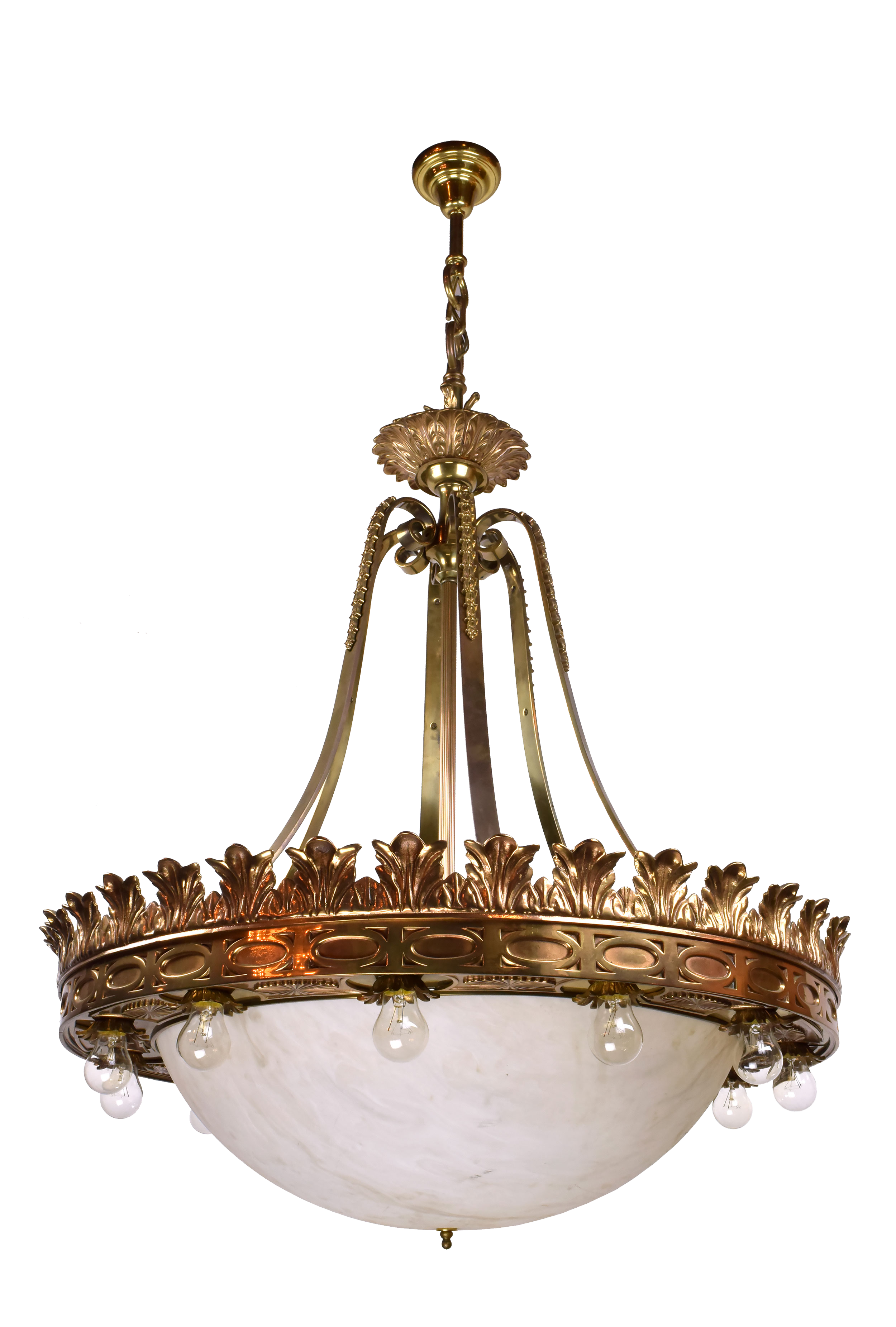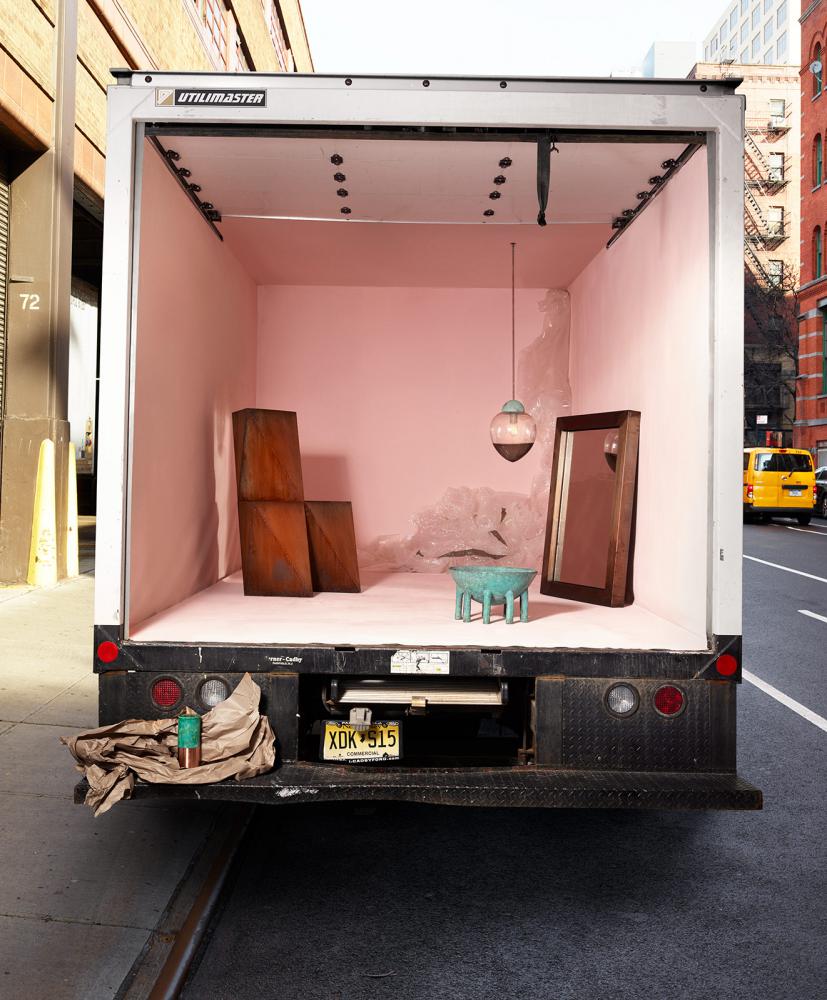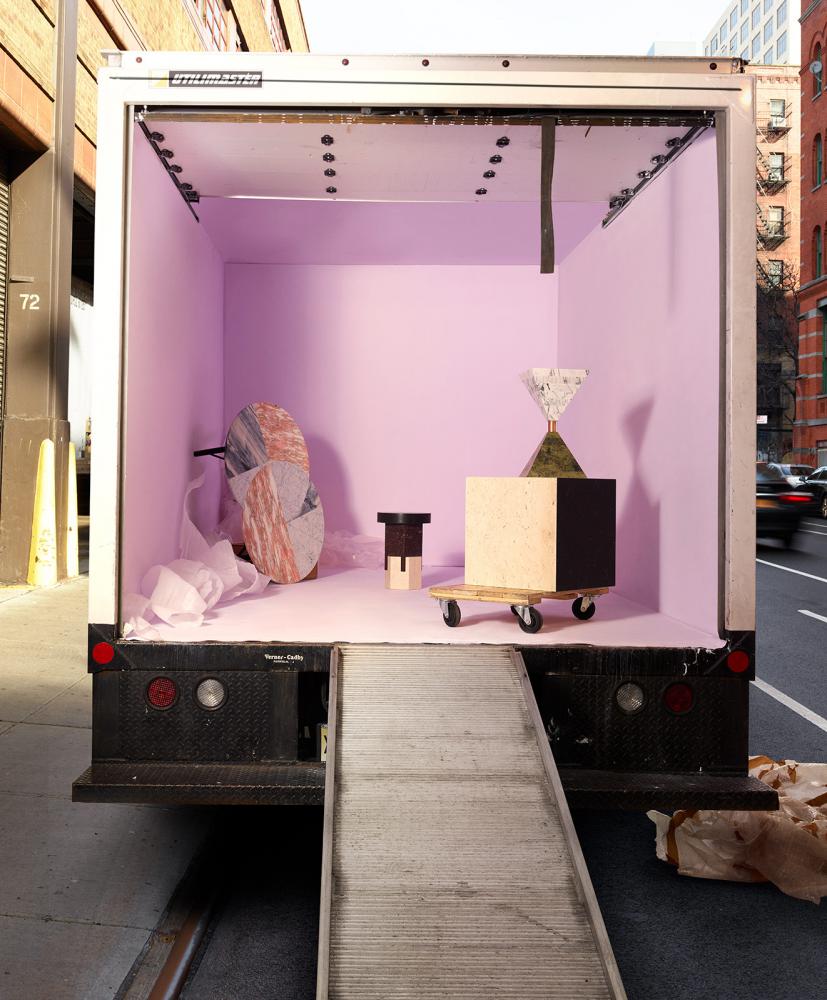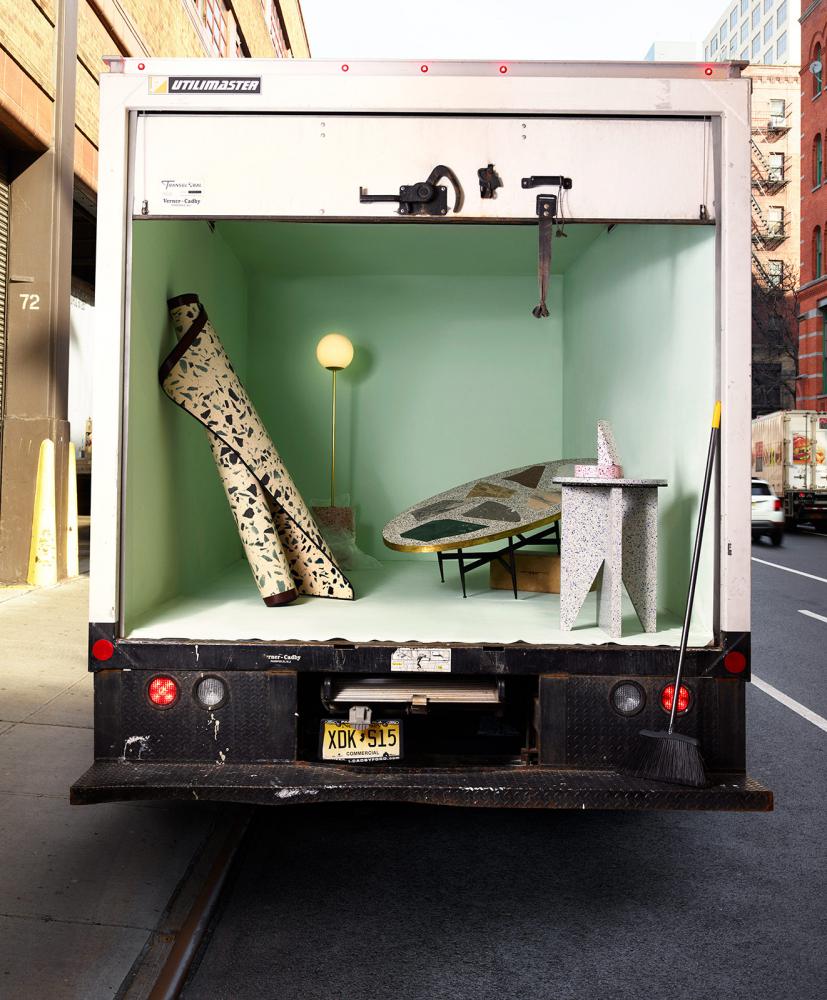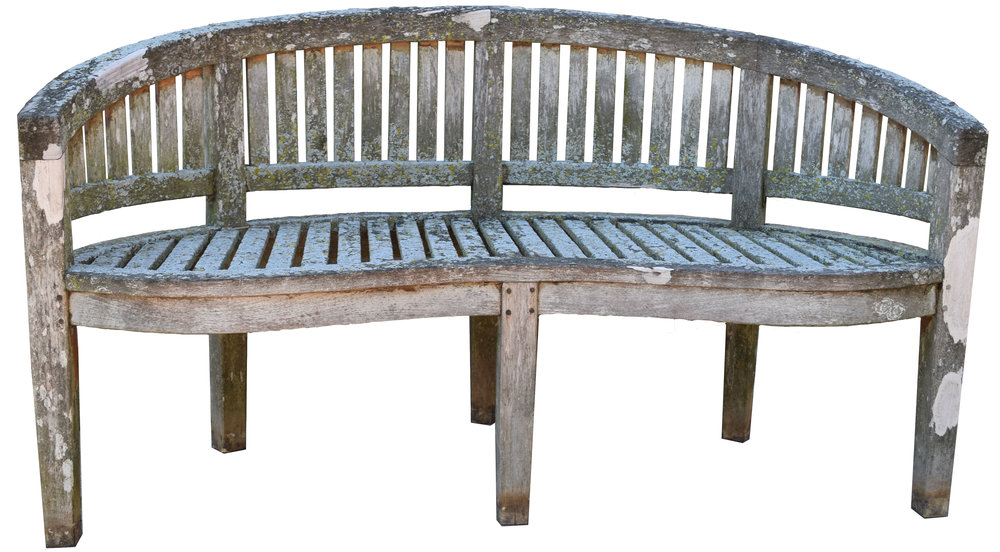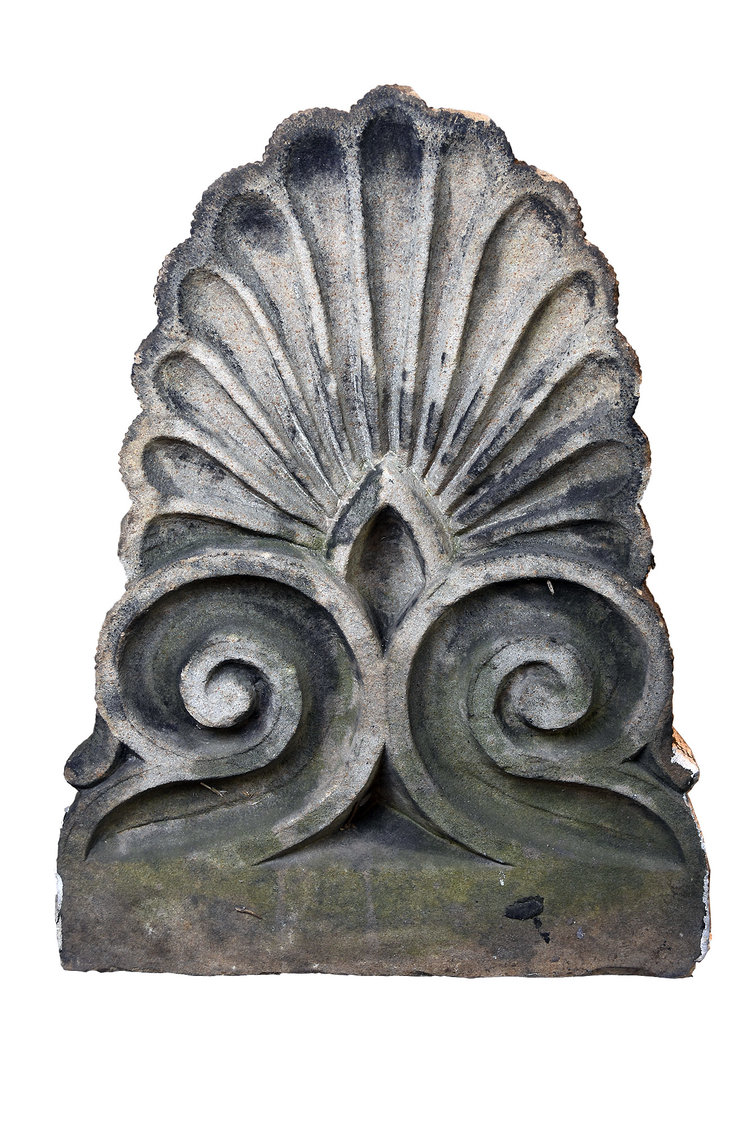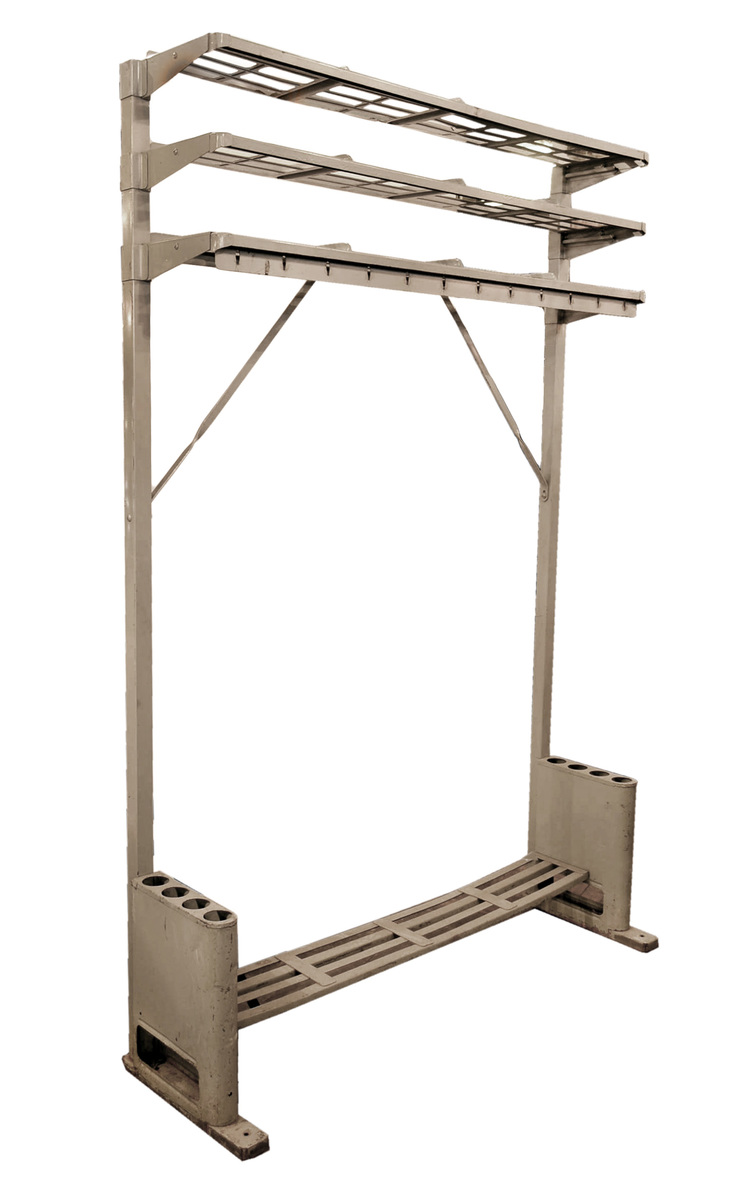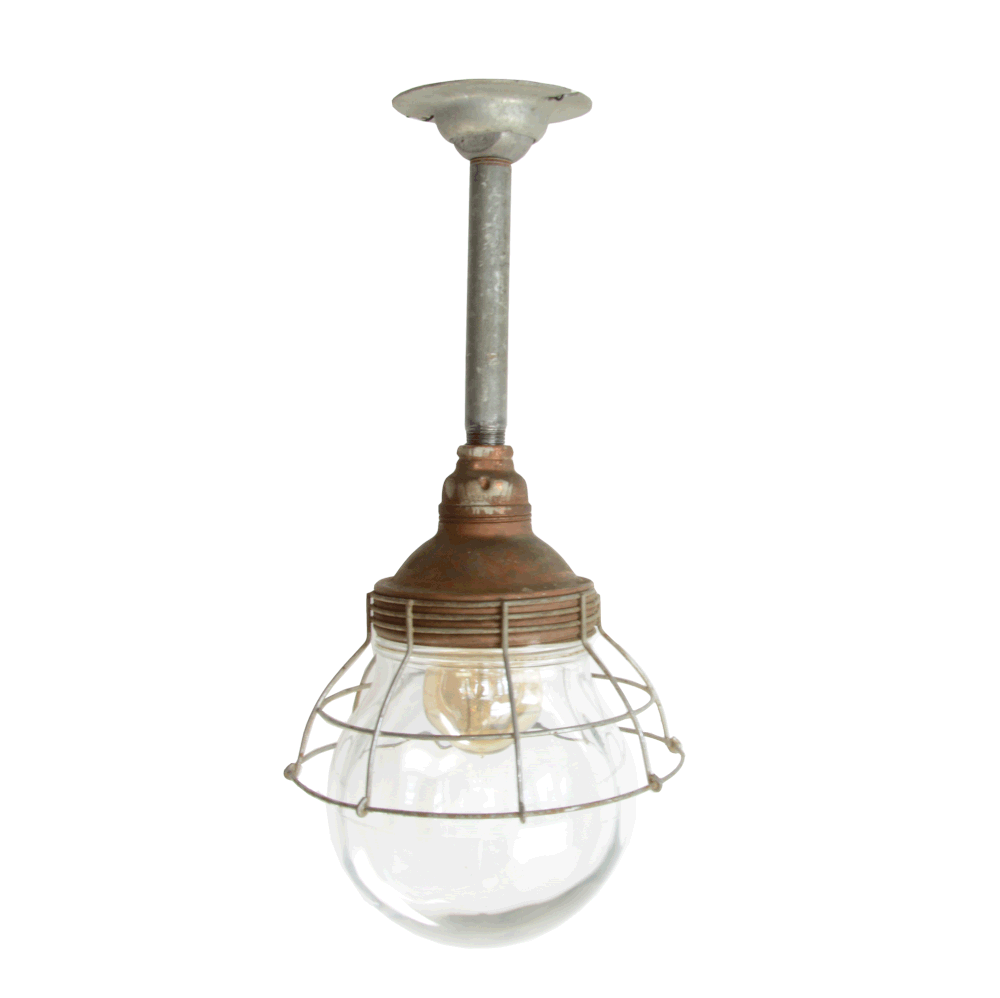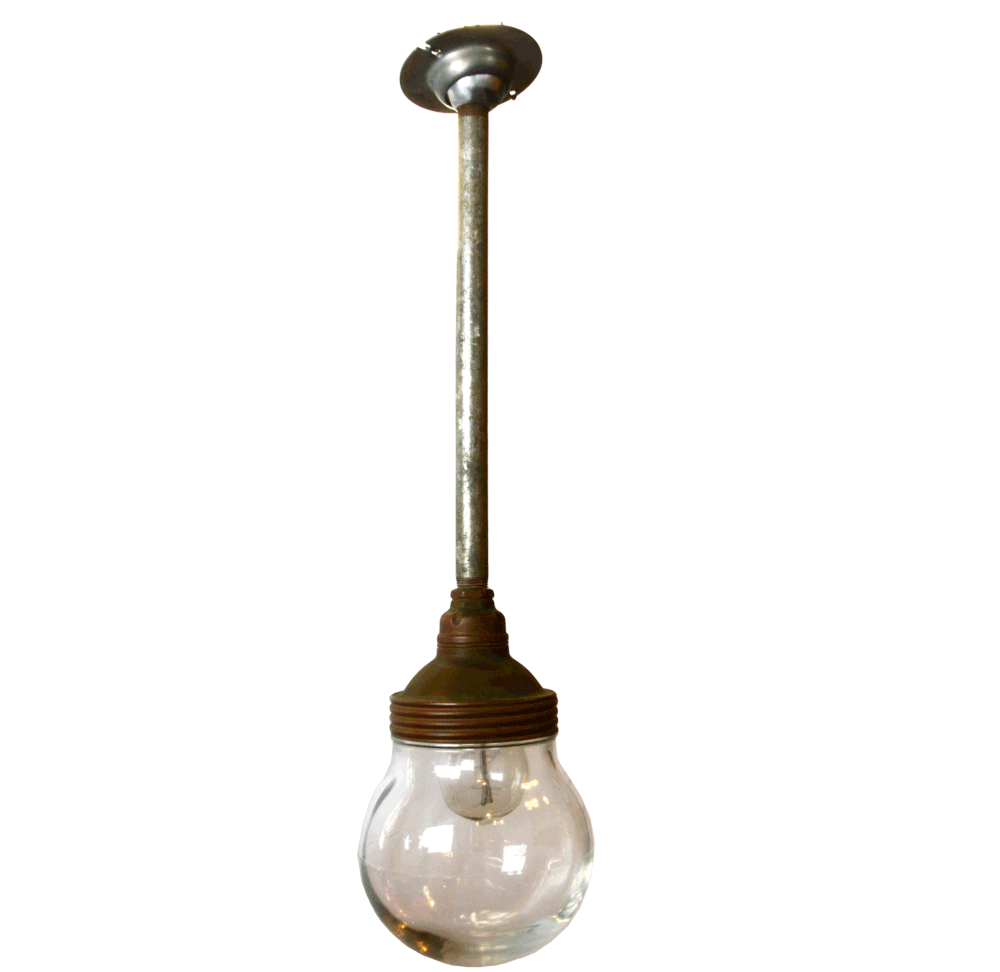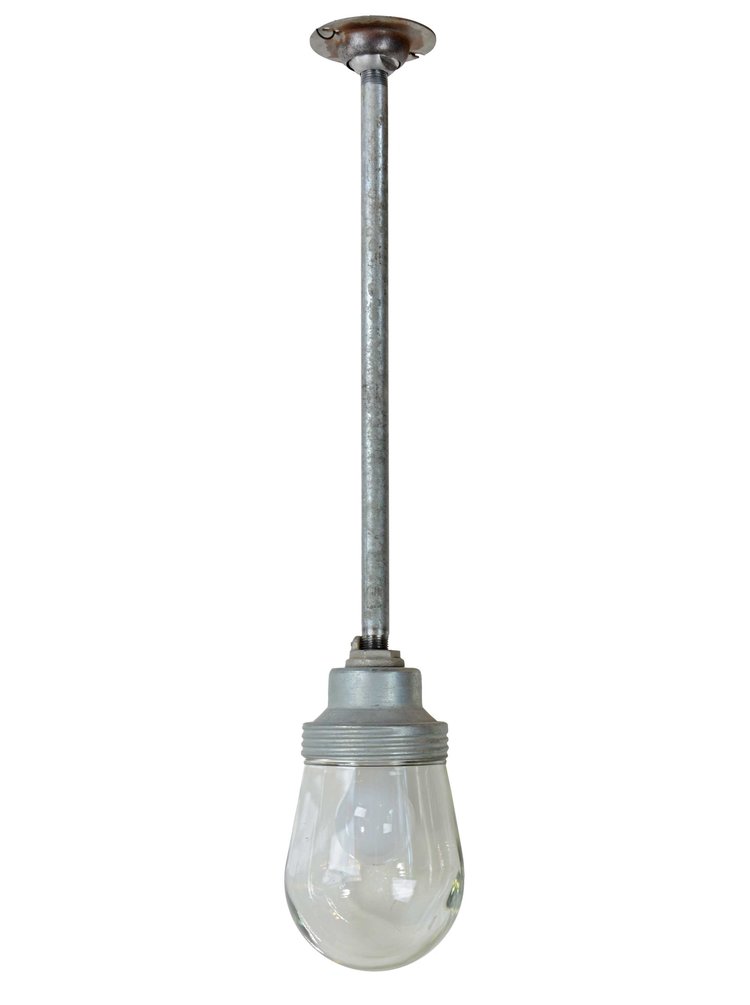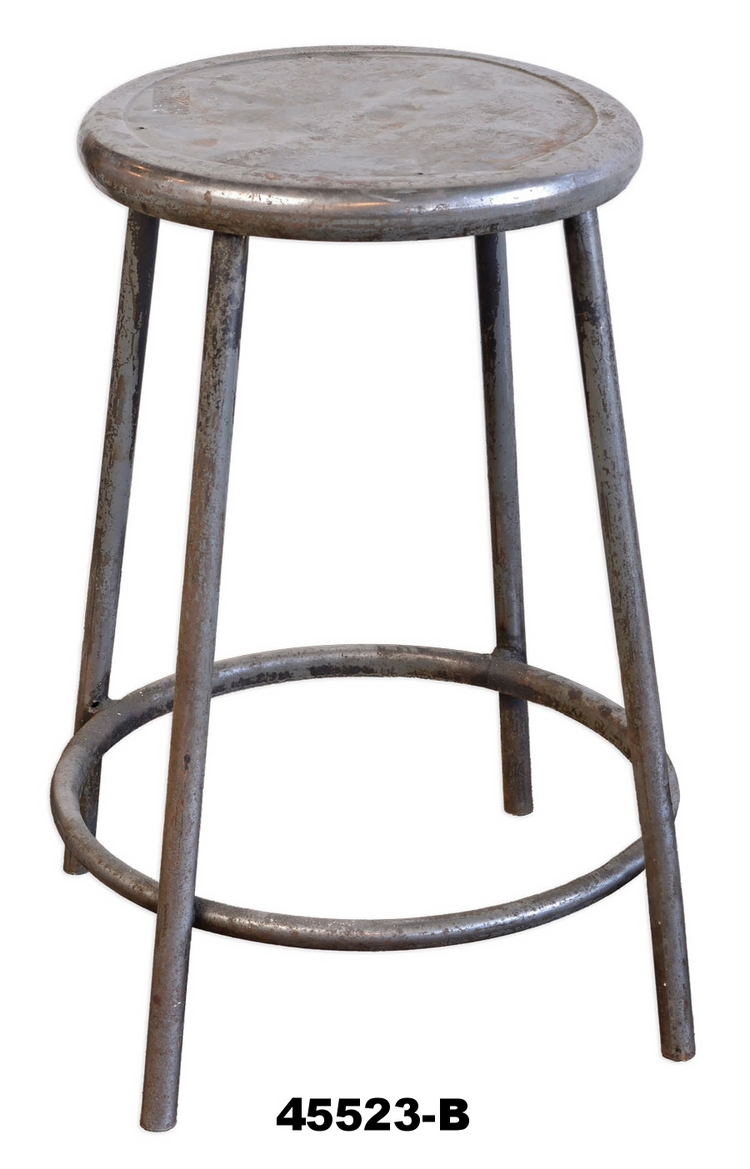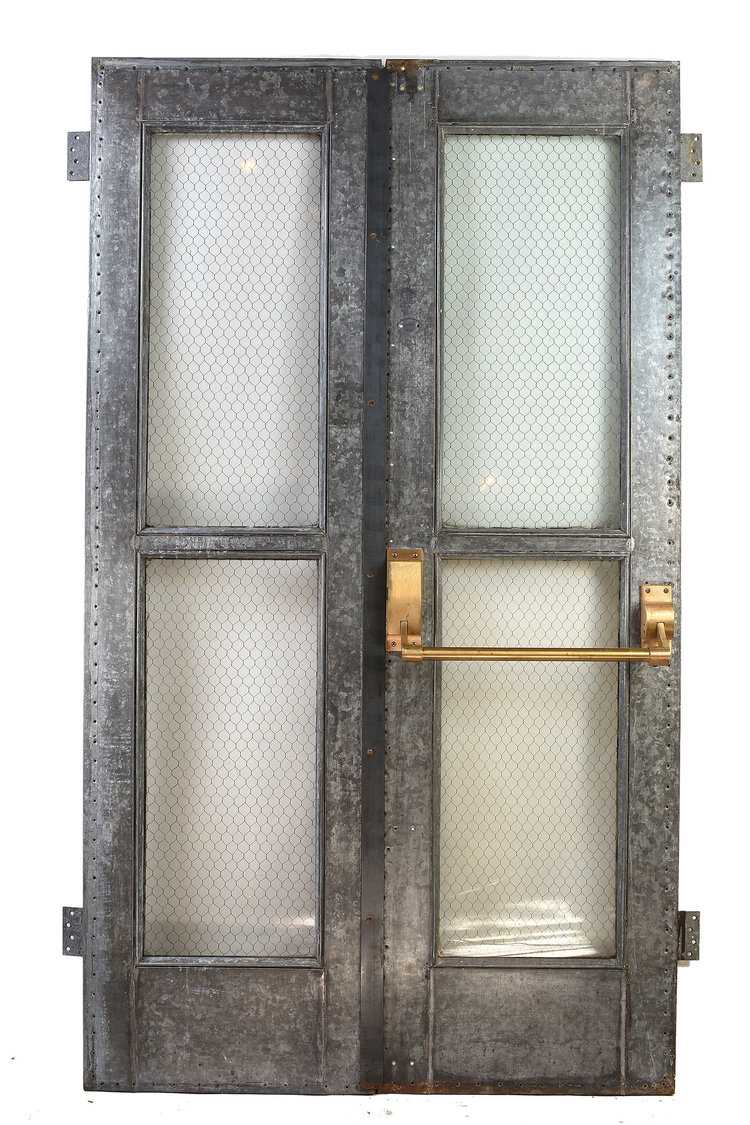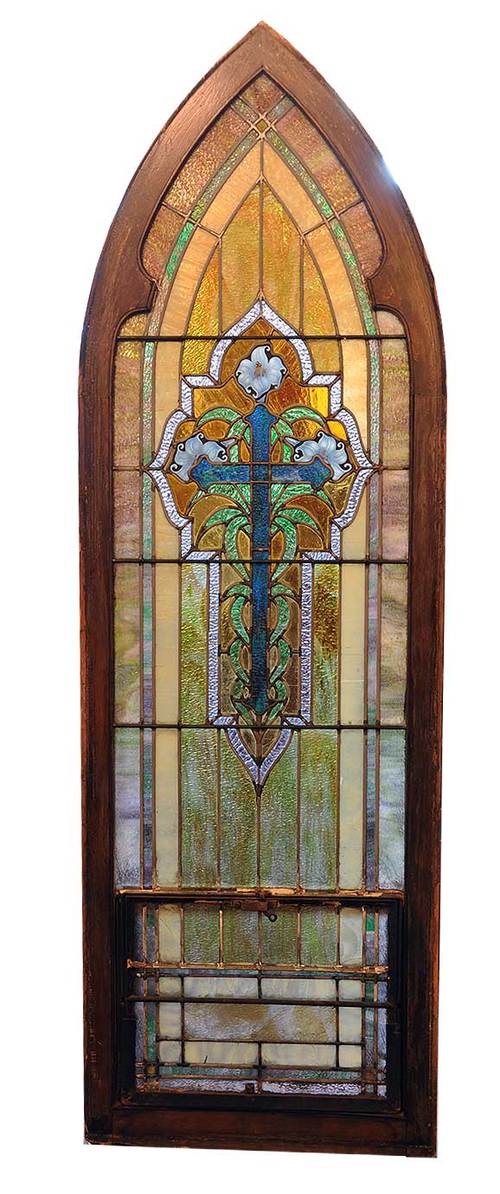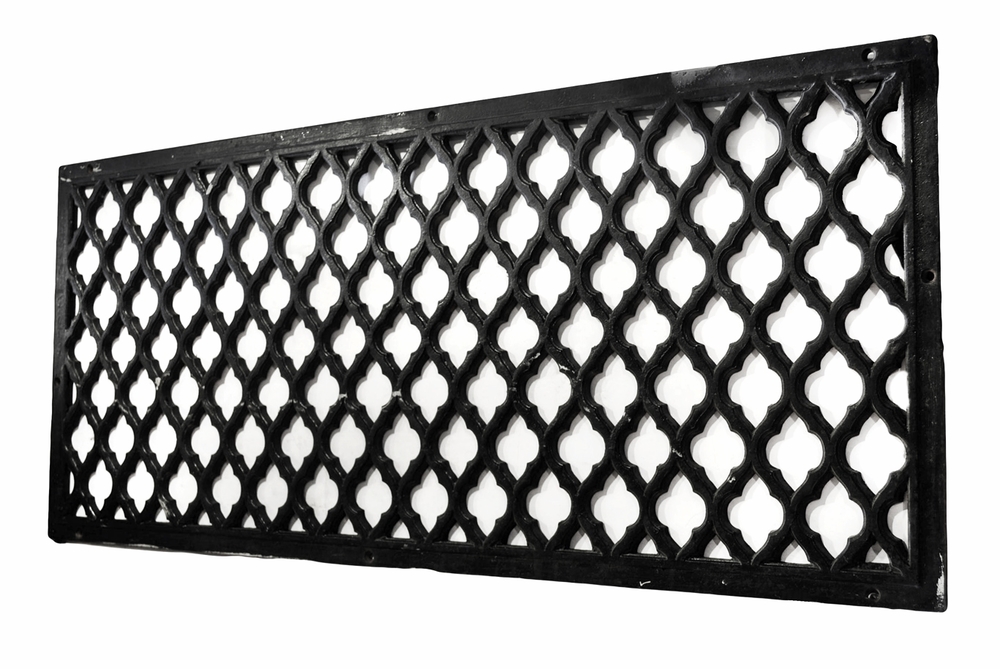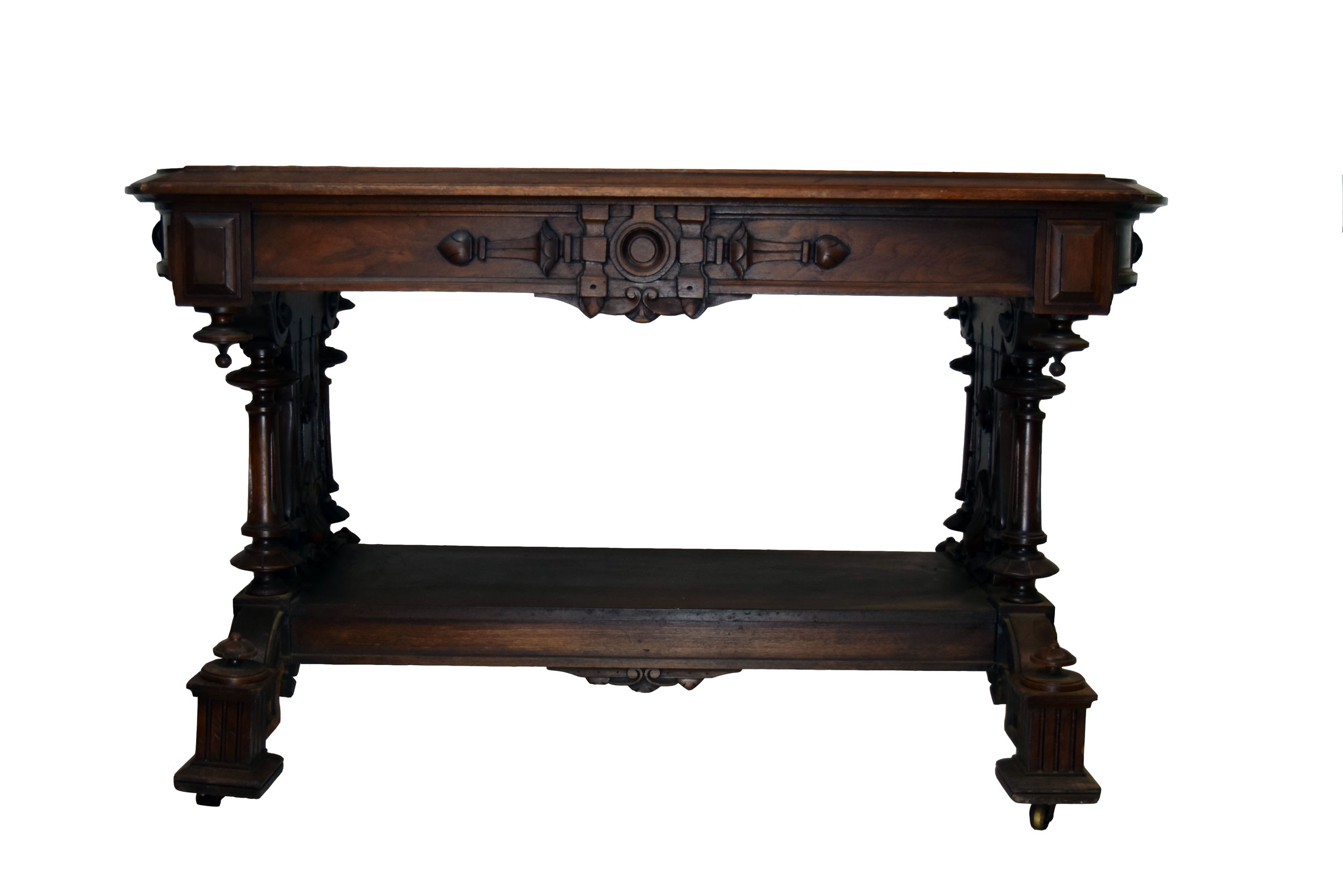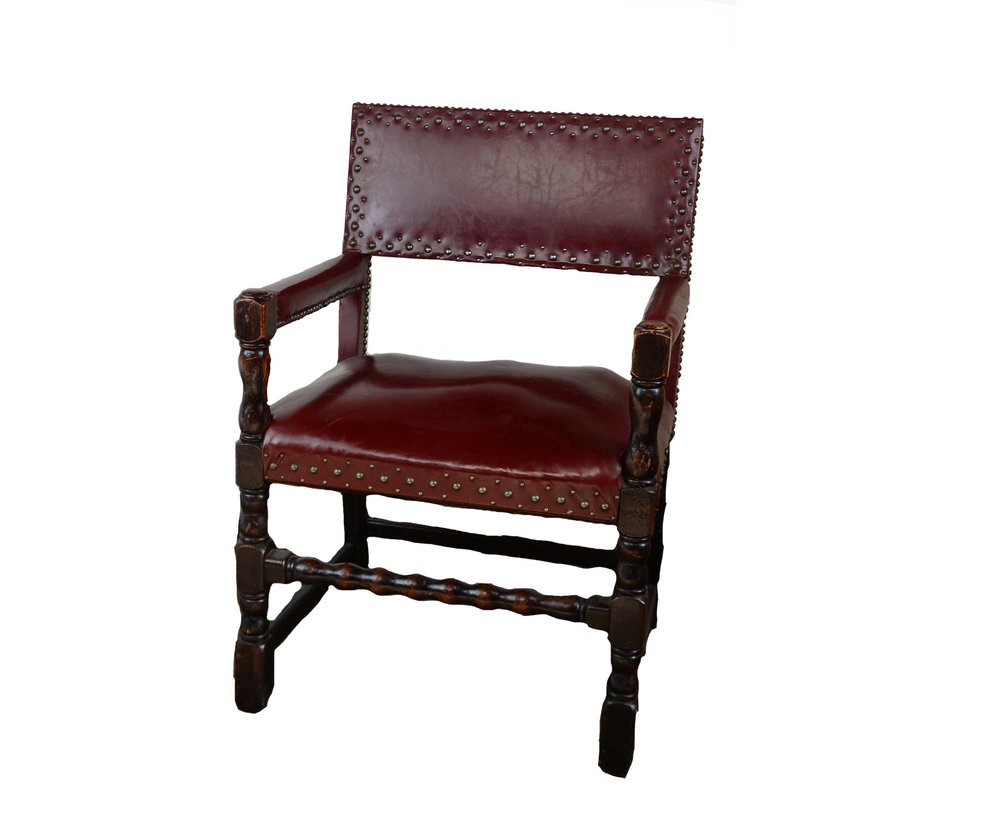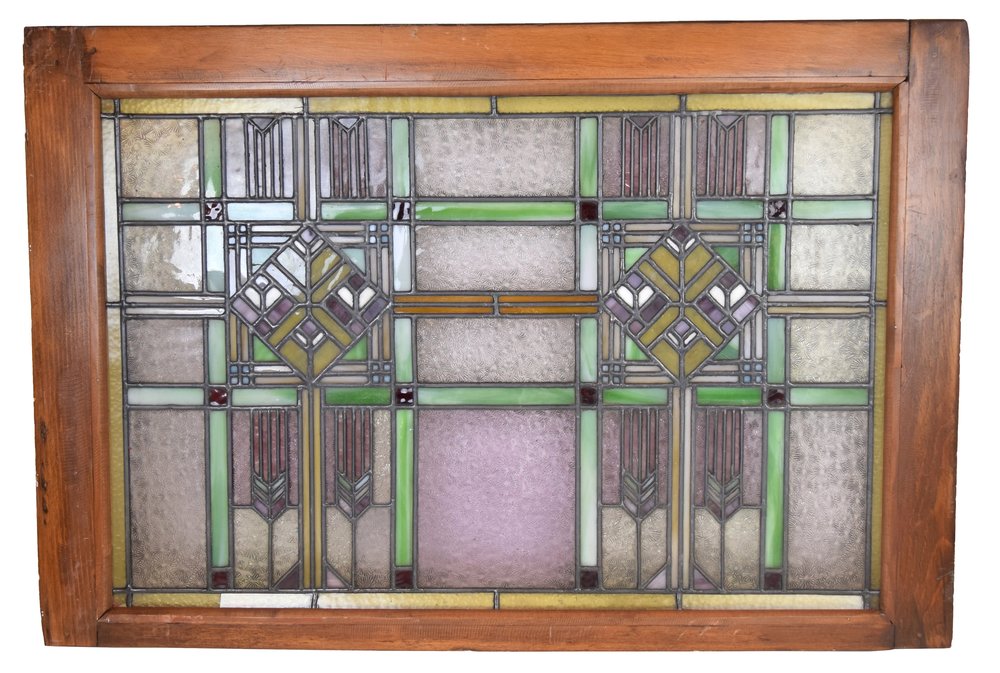Designing with Architectural Antiques
/Even if you're a visual person, it can still be difficult to envision what designing with antiques would look like, especially within a more modern setting. That's why we have created three styled vignettes to demonstrate how antiques can be incorporated in a fresh, aesthetically pleasing way. Take a look below to get inspiration for your next design!
A Rustic Romantic Nook
We would imagine these elements to be a part of a quintessential breakfast nook, or a small eating area off of a kitchen. The industrial base table and oak benches perfectly balance the light distressed shiplap and white french doors. While the contrast of those elements makes the space seem more rustic-industrial, the ornate French chandelier adds a softer touch, acting as a romantic focal point by introducing curvilinear lines to the space. This type of interior style is perfect for those who want to combine modern, traditional, and rustic design.
A Bohemian Living Space
This eclectic room mixes metals, neutrals, and natural elements to create a cozy place to relax or entertain. Purely functional pieces, such as the chrome and leather chairs, provide context for the space's purpose. On the other hand, pieces such as the rustic work bench and library ladder add to the space's aesthetic appeal while also serving as storage or display. The combination of these antiques would appeal to those who want a relaxed, yet trendy living area.
A Retro Bathroom
If you're obsessed with color and pattern, then maybe you should go this retro route. Every element adds flair and character as only antiques can, while still appealing to modern design trends. The clean lines of the sink beautifully balance the ornamentation of the tub and globe pendant, and the fun faucet handles add a classic touch.
Browse our product page for more antiques for your space!
Break Away from Uniformity with Curved Lines
/It is easy for interior architecture to appear boxy, since most structural or built-in elements are inherently geometric. While this is deliberate in certain interior styles, such as traditional colonial or contemporary design, it can become underwhelming in other instances.
A simple way to avoid uniformity and add variation to an otherwise geometric space is through incorporating curved lines. Elements with curved lines introduce a sense of elegance and comfort, in addition to creating visual interest.
Since there are countless ways to integrate curved lines into a space, we turned to current designers for inspiration. Here are three ways that Marcus Mohon Interiors used curved lines in their Southern Living Idea House to create a cozy retreat.
1. The Grand Window
Photographed by Tria Giovan
This large curved window acts as an interesting focal point for the living space, as well as a relief from the room's geometric lines. Additionally, the linear mullions within the window tie back into the geometric shapes of the furniture, therefore combining curved and straight lines.
Looking for that Oak Grill Chair in the corner? We have four!
2. The Curved Portal
Photographed by Tria Giovan
Installing a curved doorway instead of a traditional one makes this formal dining space more whimsical and welcoming. Not only does this door let in plenty of natural light, but it also softens the linear beams on the ceiling with its arch.
3. The Playful Pendant
Photographed by Tria Giovan
These curved industrial pendants are the perfect compliment to this tall and narrow laundry station. They delineate the path through the space, and draw the eye up to the dynamic ceiling. Even though they are small in proportion to the space, their shape reflects the other small curves in the woodwork, further harmonizing the room.
Browse our product page for more antiques with curved lines to diversify your space!
How to Find The Right Hanging Height For Your Chandelier
/Finding the "right" chandelier for your dining room, kitchen, or living room can be a daunting, time-consuming (but fun!) process. With all the options out there; the different styles, materials, designs, colors... how do you choose?! Well, the first step is to stop by Architectural Antiques in Northeast Minneapolis and have a look through our extensive collection of antique chandeliers and lighting fixtures until, eventually, you find that perfect match for your industrial kitchen or for your Victorian dining room.
Once you have your unique, one-of-a-kind chandelier from Architectural Antiques, you realize that you do not know exactly where to hang it. How high is too high? How low is too low? Does it depend on the size or the style of the chandelier? All you want is to just get your new fixture properly installed and hanging up as soon as possible so that all of your friends can come over and gawk at your amazing interior design skills.
Don't fret, finding the proper hanging height for your chandelier can be easier than you think, especially if you follow the simple guidelines and suggestions shown in the diagram below, for where to hang your chandelier above your dining room or kitchen table.
Further examples using various lighting pieces currently in our store:
These candle-style chandeliers are great examples of chandeliers that should not be placed too close to the ceiling, as it might look strange from an aesthetic standpoint, and could also be a potential fire hazard. These chandeliers, and ones similar to them, may serve better being hung lower and closer to the table's surface anyways, as their lights are facing up, instead of down towards the table, and therefore can better illuminate the space if hung lower.
These smaller chandeliers are great examples of lighting fixtures that should be hung lower and closer to the table's surface, for various reasons. Because of their smaller size and simple, geometric designs, they can have a greater presence and significant design impact in the room if they are hung lower, instead of hanging up close to the ceiling, where they may not stand out as much. They also can more effectively illuminate the space if hung lower.
Larger, more elaborate chandeliers can be hung higher, and further away from the table's surface. Due to their large size, dramatic design, bright colors, and overall extravagant presence, they can hang higher and closer to the ceiling as they will still make a significant impact on the room as the main focal point, without overwhelming the space. Also, because of their larger size, they generally have stronger lighting ability, so they can hang higher and still effectively illuminate the space.
Remember: the best way to find the proper hanging height for your light is to test it out and try different options to see what works best for your individual, unique situation!
We Designed Themed Rooms Inside a Truck
/Have you ever wondered what a Gothic themed room would look like inside of a truck? Neither had we, until we spotted an article in T: The New York Times Style Magazine. "All the Right Moves" features four scenes created within a truck in the city. Each scene, styled by Theresa Rivera and photographed by Anthony Cotsifas, has its own theme and compelling furniture and decor arrangement.
Inspired by their creativity, we decided to design our own scenes within a truck right off of our loading dock. Using our own antiques, we pieced together four scenes that each represent an architectural style, and then played with the lighting inside the truck (mostly to study the effects of light in a space, but also because we like to geek out over fun light design).
The Victorian Fern Room
We love this mossy teak garden bench, and thought it would look even more whimsical next to some pieces with Victorian-esque curvilinear lines. While it wasn't our original intention to create a magical garden scene, we couldn't help the urge to throw in some ferns.
Light played a dramatic role in changing the appearance and the story behind this scene. The light green light makes the foliage and the moss on the bench pop, and creates a warm, welcoming atmosphere. On the other hand, the purple light reminded us of a foreboding garden outside of a mansion, where a murder mystery would take place. Both images feature the same antiques, but communicate very different moods.
The Industrial Room
Our industrial antiques seemed to be made for this truck photo shoot. The various angles, heights, and shapes of the pieces all come together to make an exciting, yet harmonized scene. The reflective antiques made the biggest difference when it came to lighting, since every glass and metal surfaced picked up variations of the projected colors.
The Gothic Room
This might have been our favorite set up (although we shouldn't play favorites). The heavy, ornate wood, glorious stained glass windows, and touches of wrought iron truly brought us into the twelfth century. We especially loved the power of the deep purple lighting, since it contrasted the bright windows, and brought out the burgundy velvet in the carved wooden chairs. Can't you just picture a French poet brooding over that impressive desk?
The Craftsman Room
This cozy fireside scene perfectly depicts common indicators of the Craftsman style, such as geometric lines, handcrafted pieces, and wooden furnishings. We thought it was interesting that even though we cast white light on the scene, the wooden surfaces seemed to emit a warm glow.
Want to complete your own themed room? Visit our product page to find the antiques perfect for your space!
Metal and Monochromatic: A Love Story
/Minimalistic interior design is popular due to the simple, yet bold statement it makes. This style is typically characterized by clean lines, a primarily black and white color scheme, and very few statement pieces. As it can be seen in the photos below, minimalist and rustic styles can be combined to create a comfortable, almost romantic space, without sacrificing simplicity.
Photography by: Tessa Neustadt
Photography by: Tessa Neustadt
When designing a minimalist space, it can be difficult to find statement pieces that add visual interest without making the design too busy. This is why many designers chose to integrate metal into spaces that are otherwise monochromatic. Since various metals offer different textures and reflective properties, the opportunities are endless when it comes to deciding on which decorative elements will enhance a design.
Designer and blogger Emily Henderson's design of this master bathroom successfully combines monochromatic colors and metal through incorporating modern finishes and antique statement pieces. Her use of matte black metal further anchors the black and white scheme, while the pops of reflective brass add character and variety. The result is simultaneously minimalist, modern, and rustic.
Photography by: Tessa Neustadt



